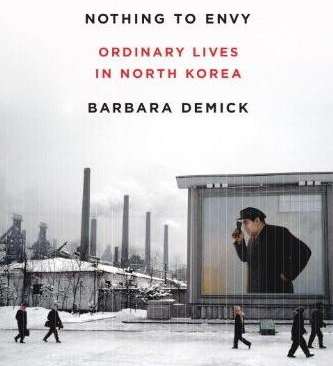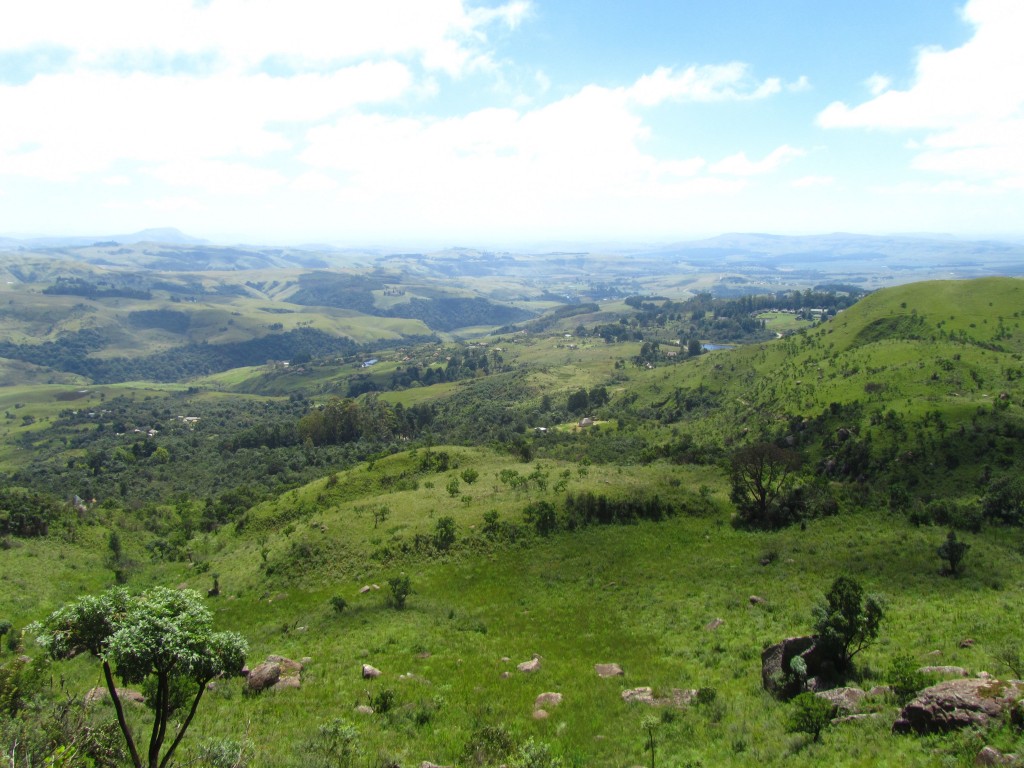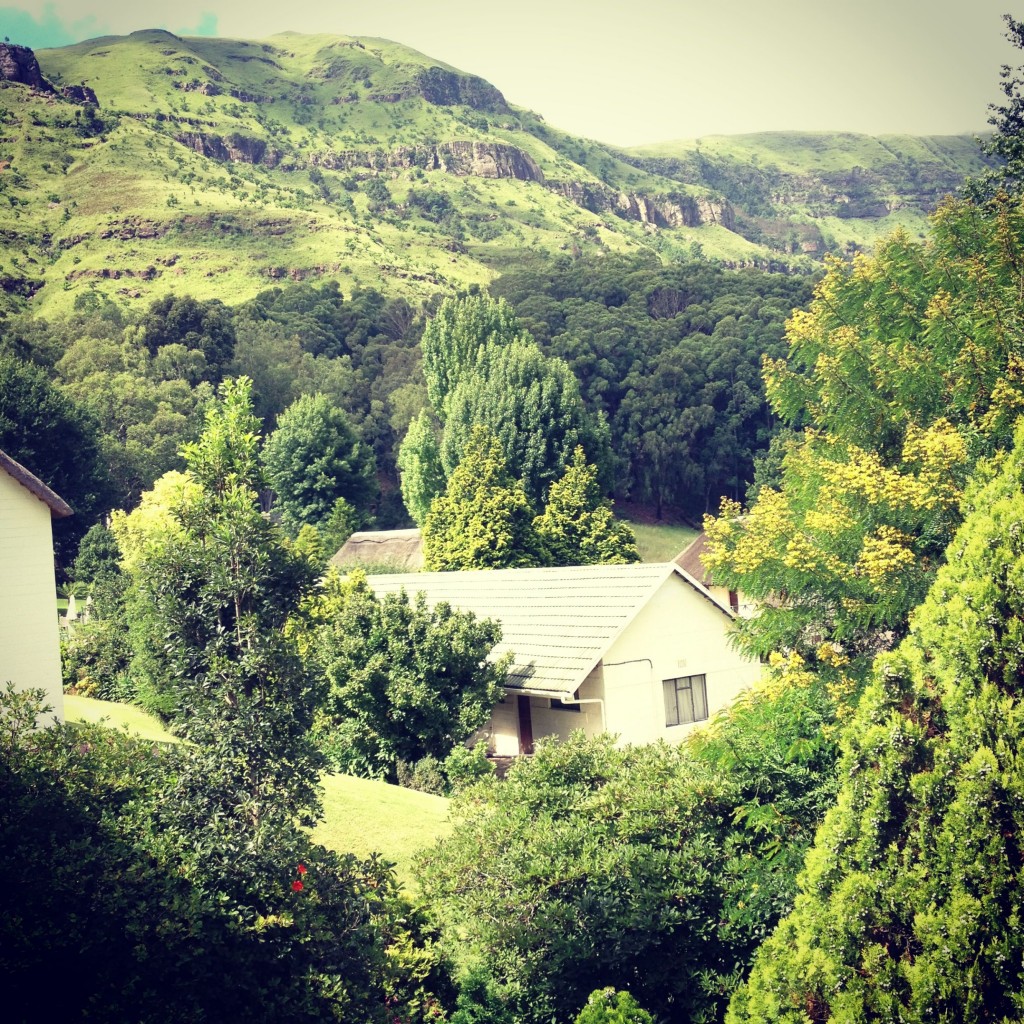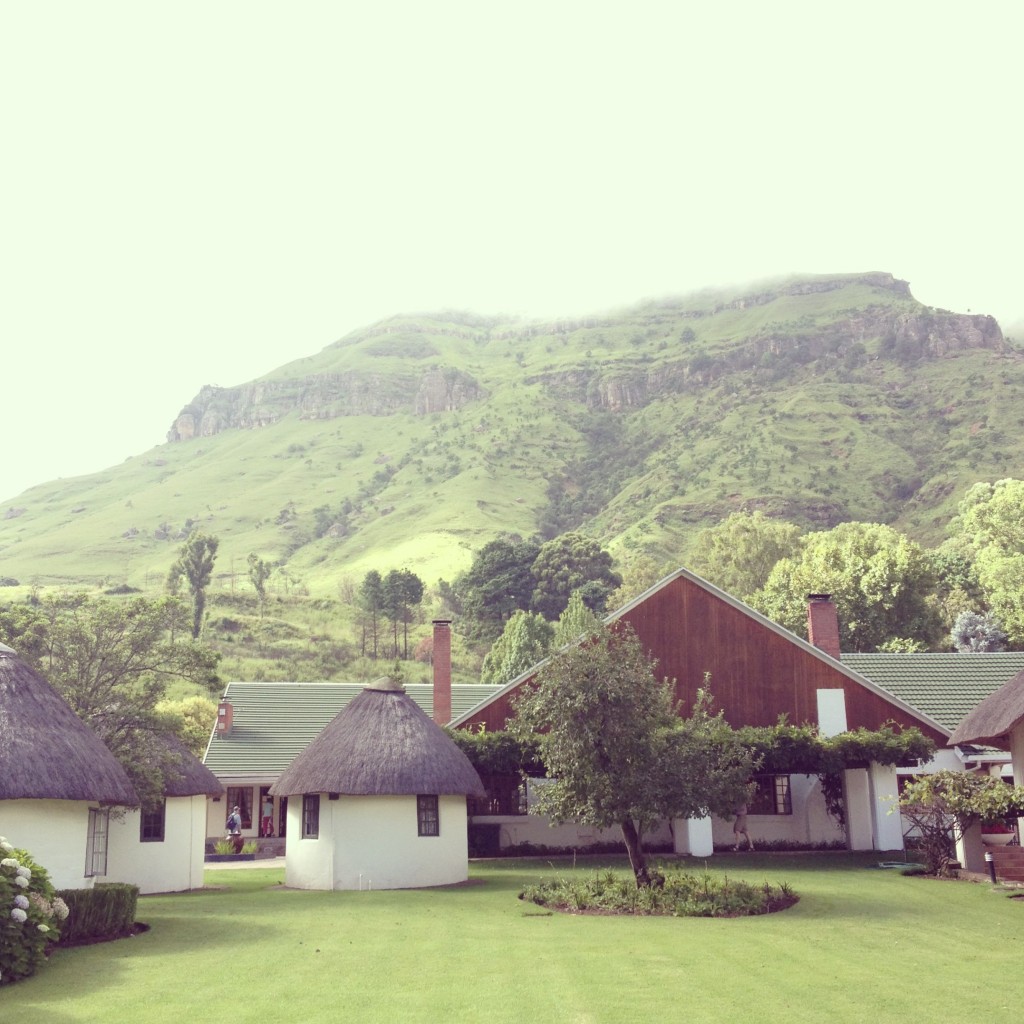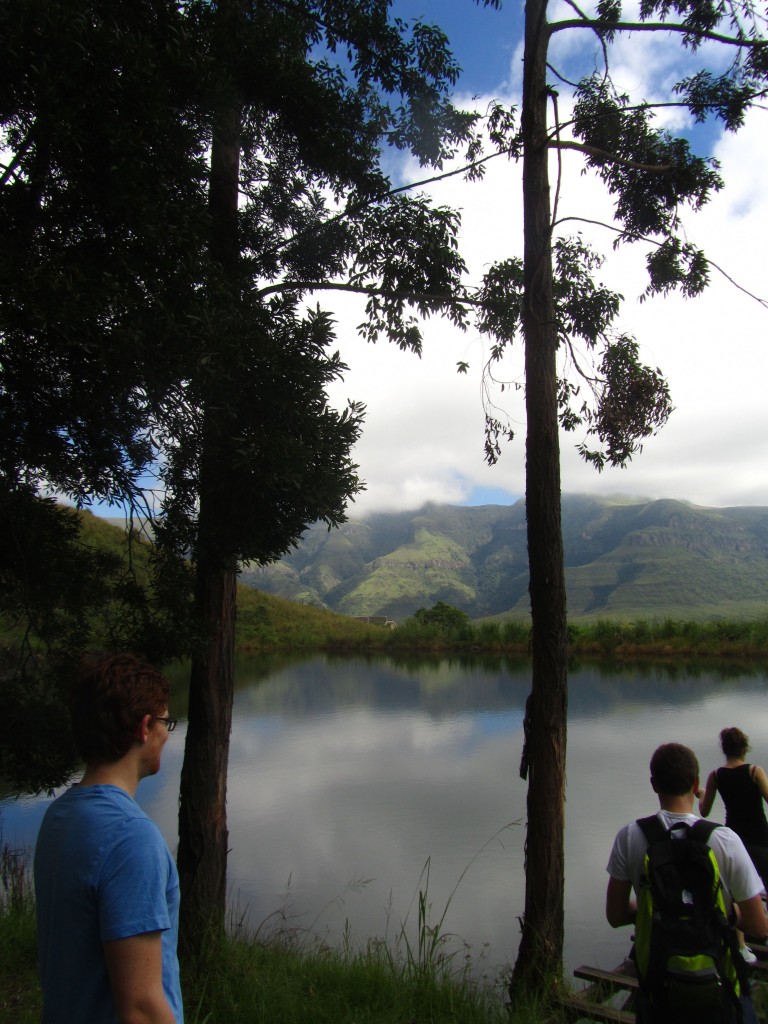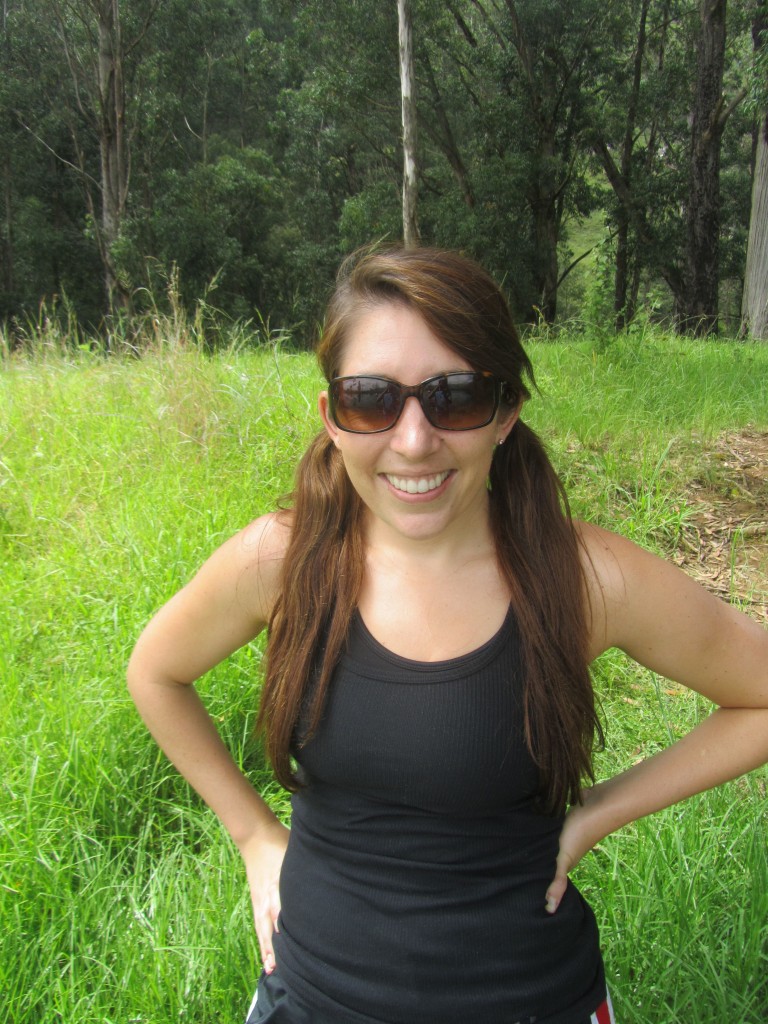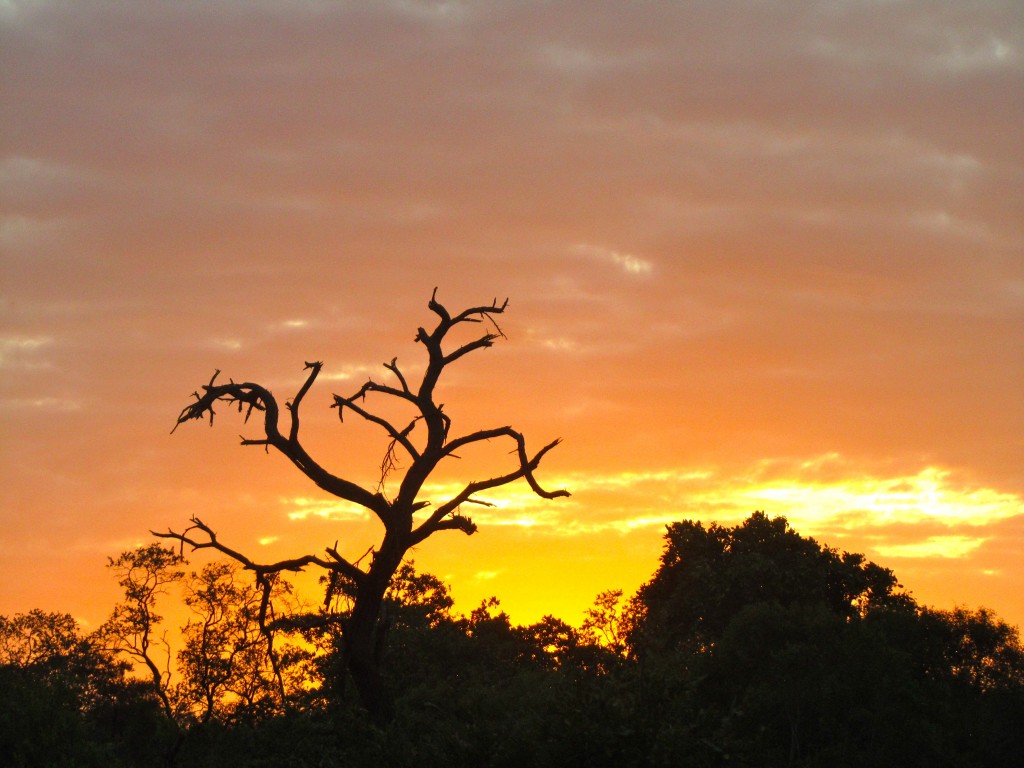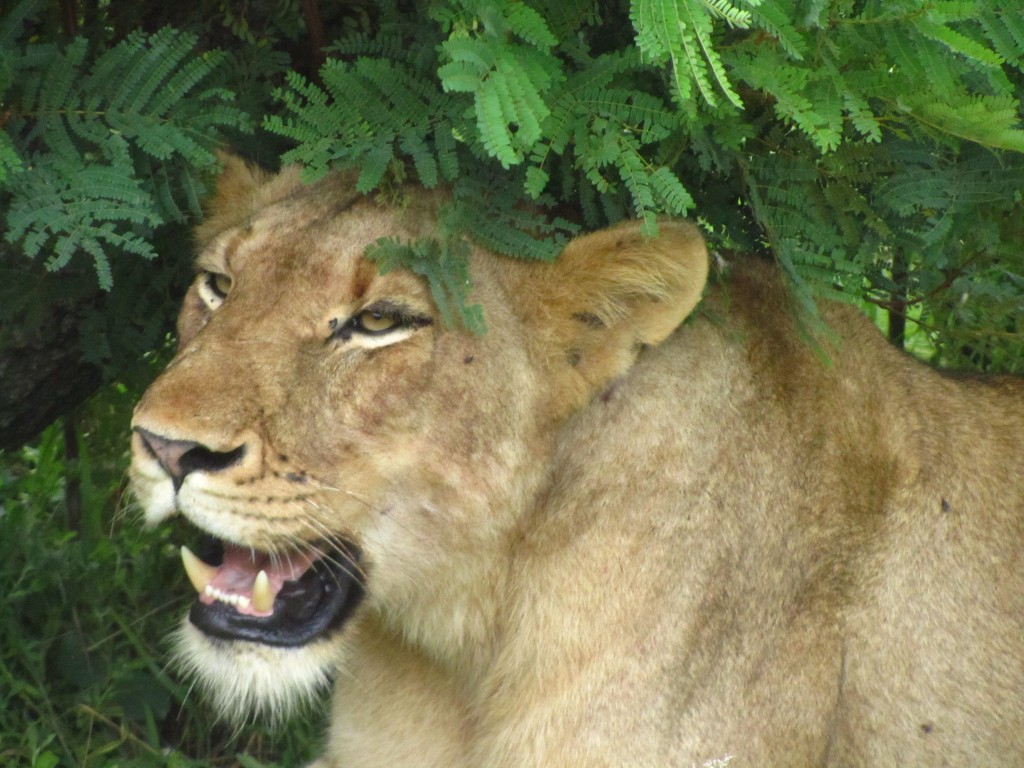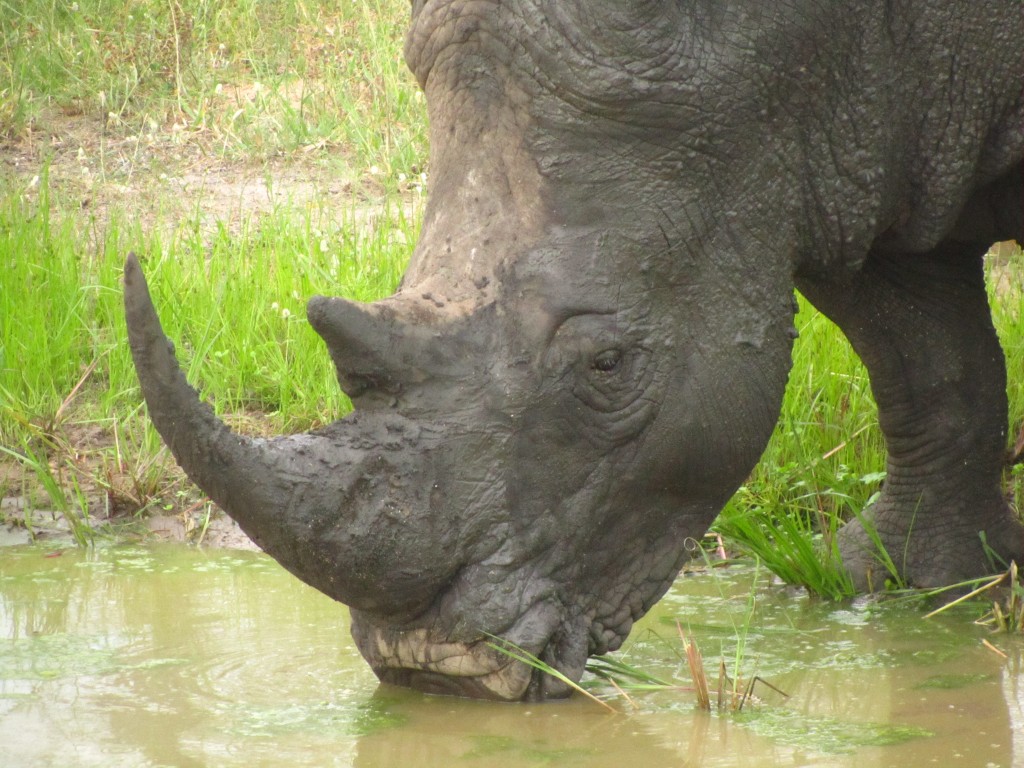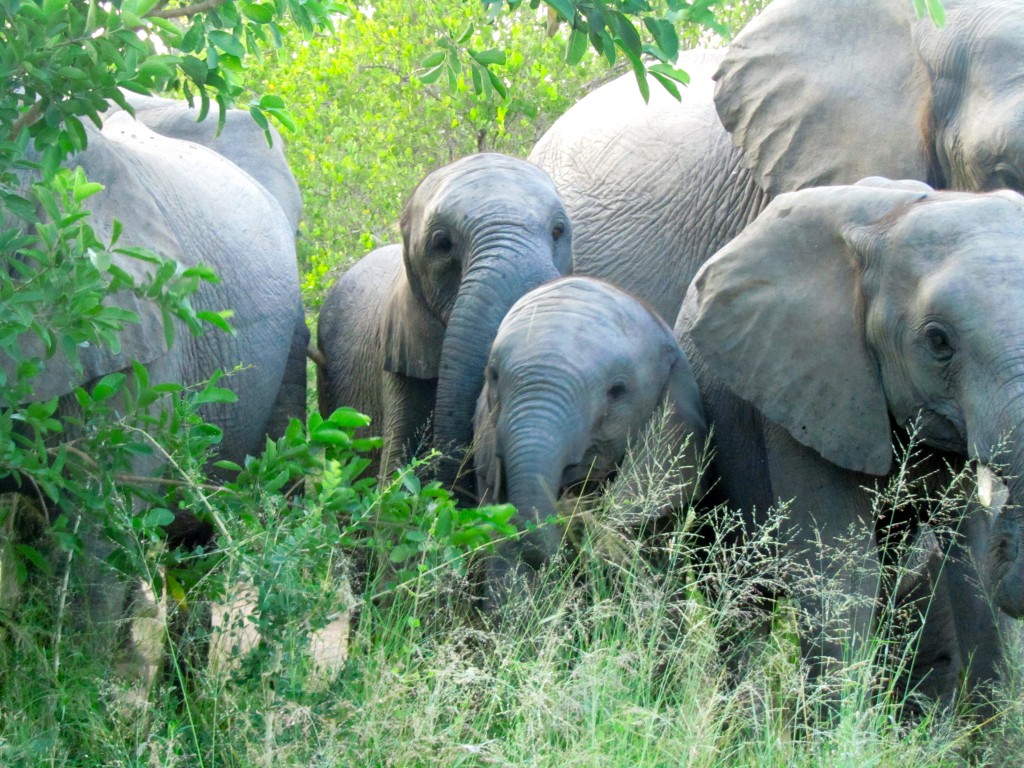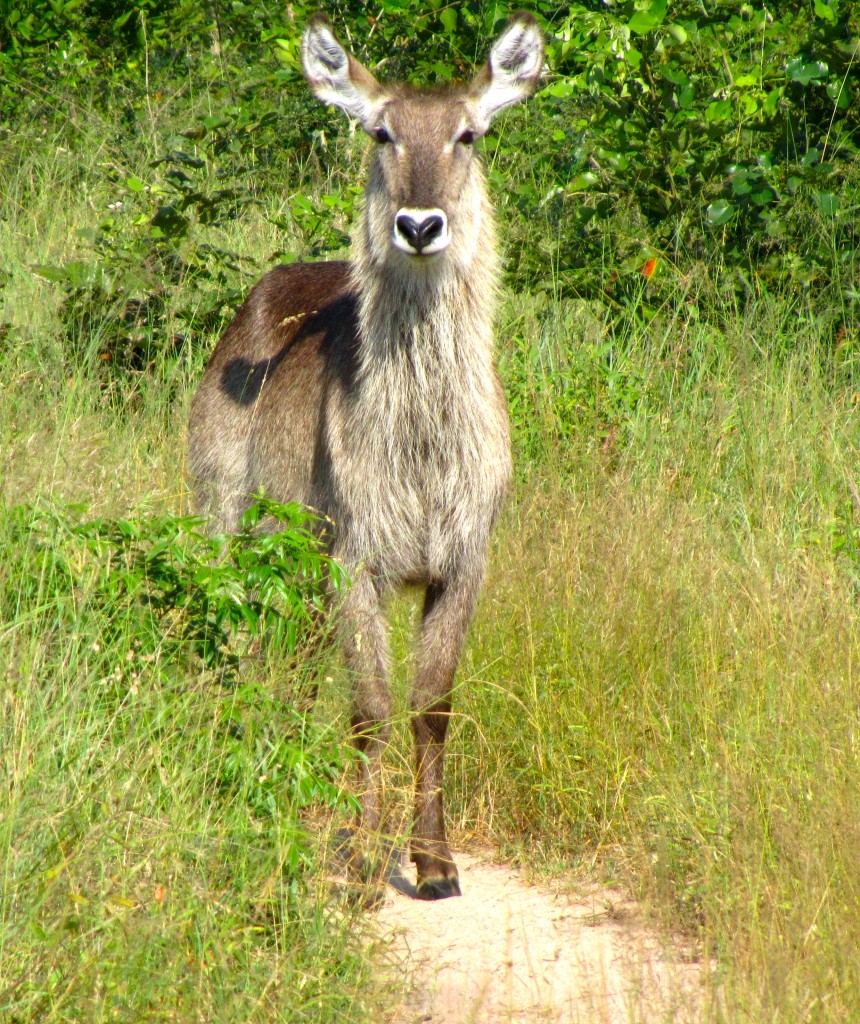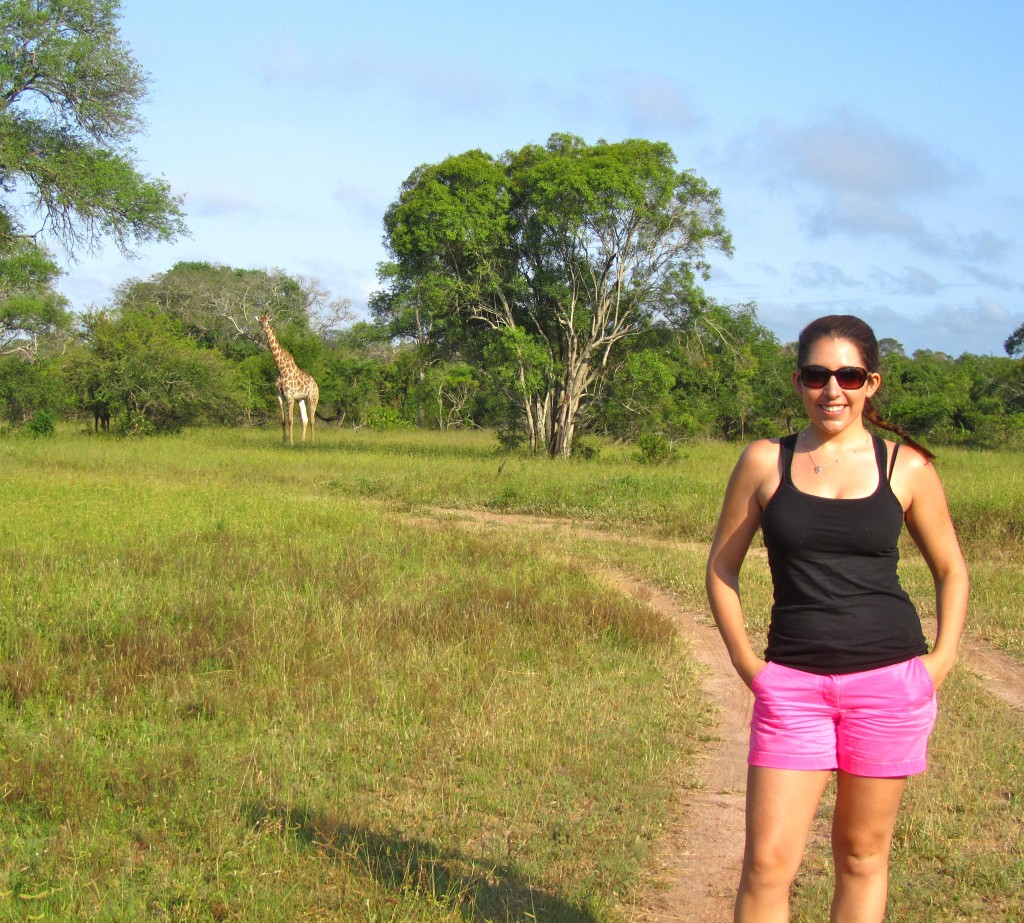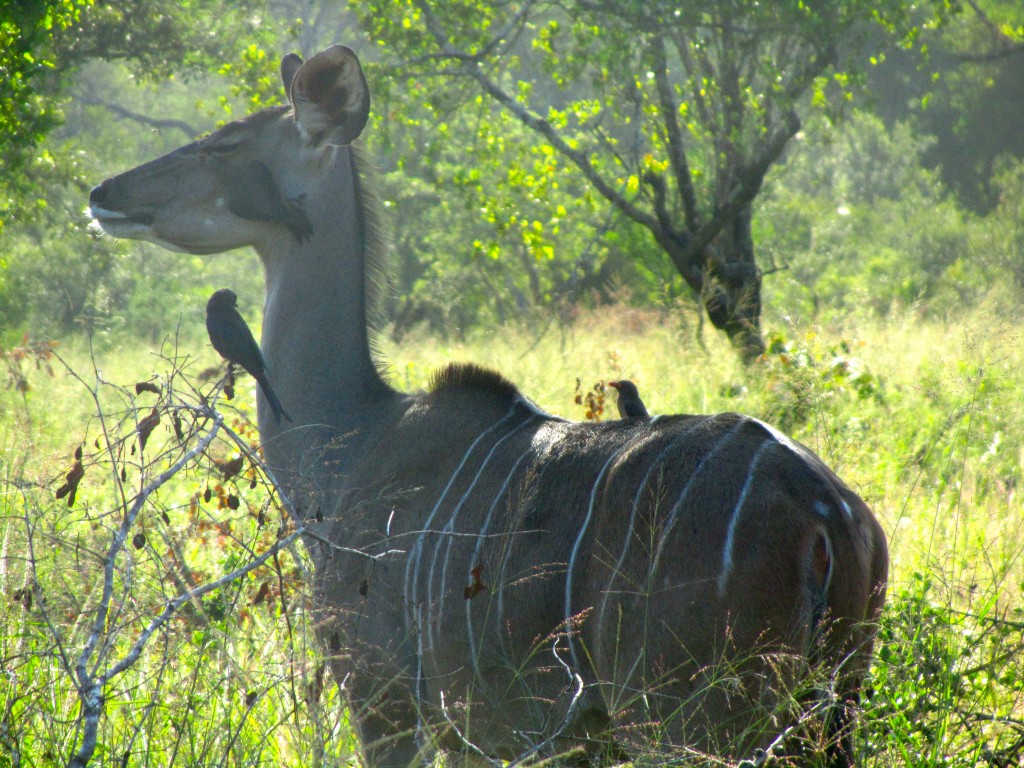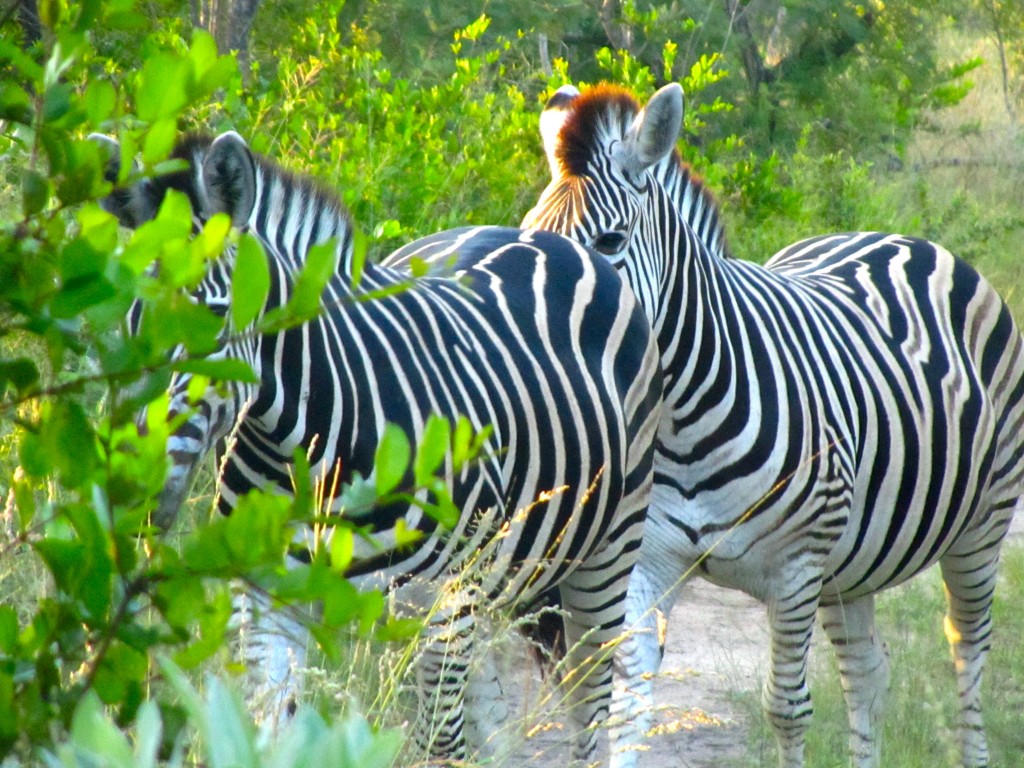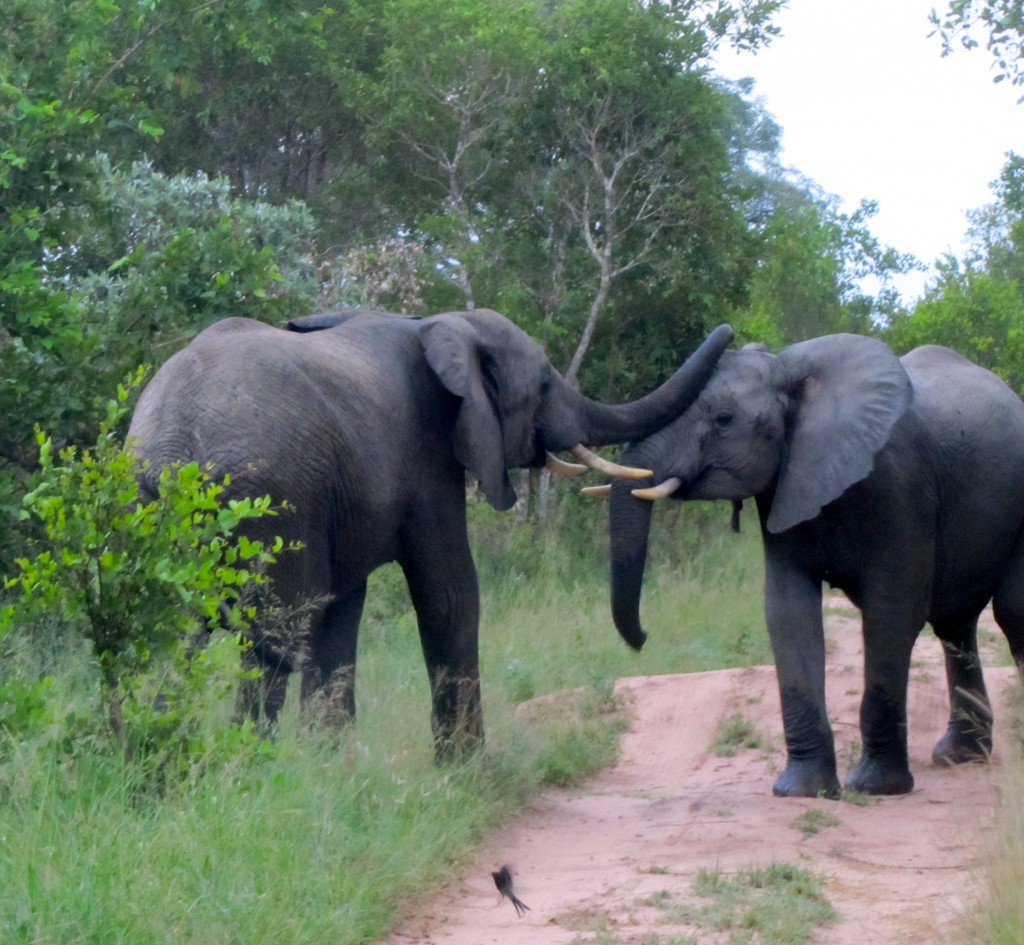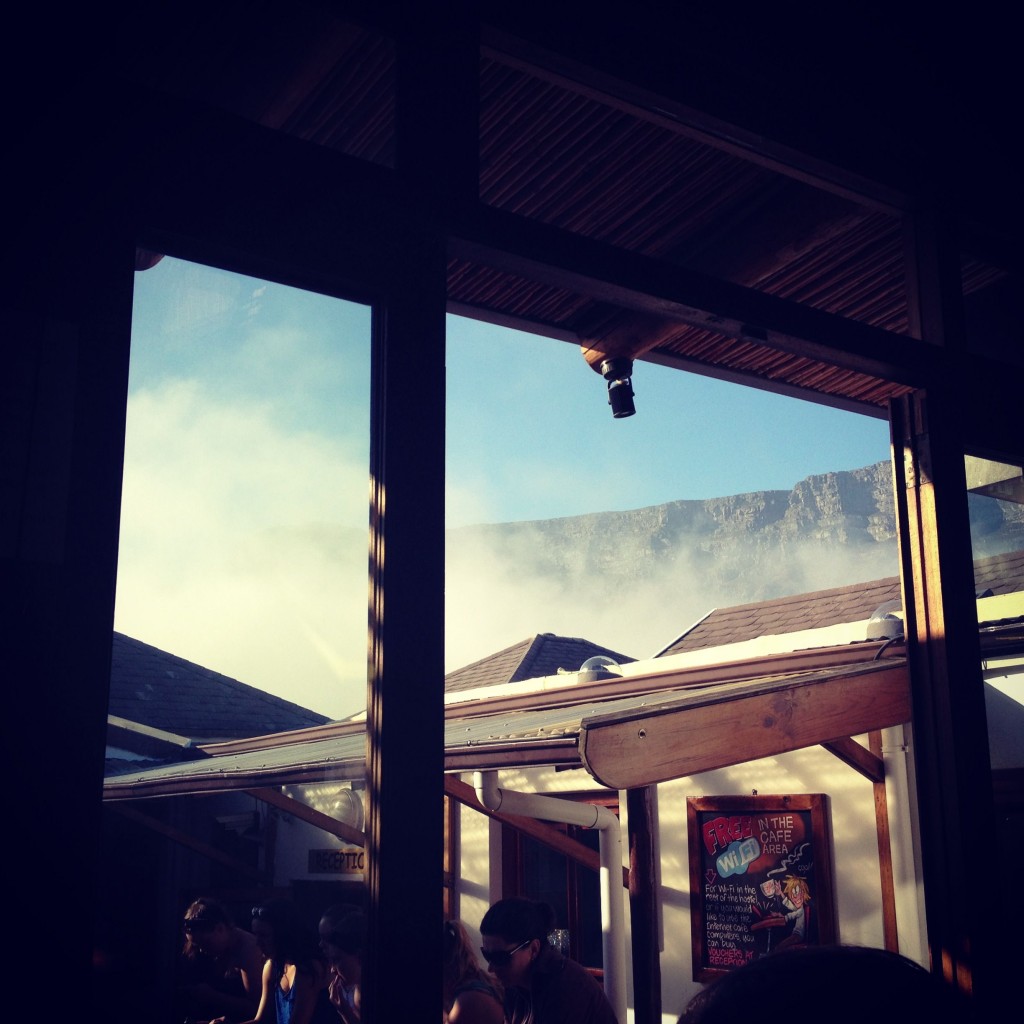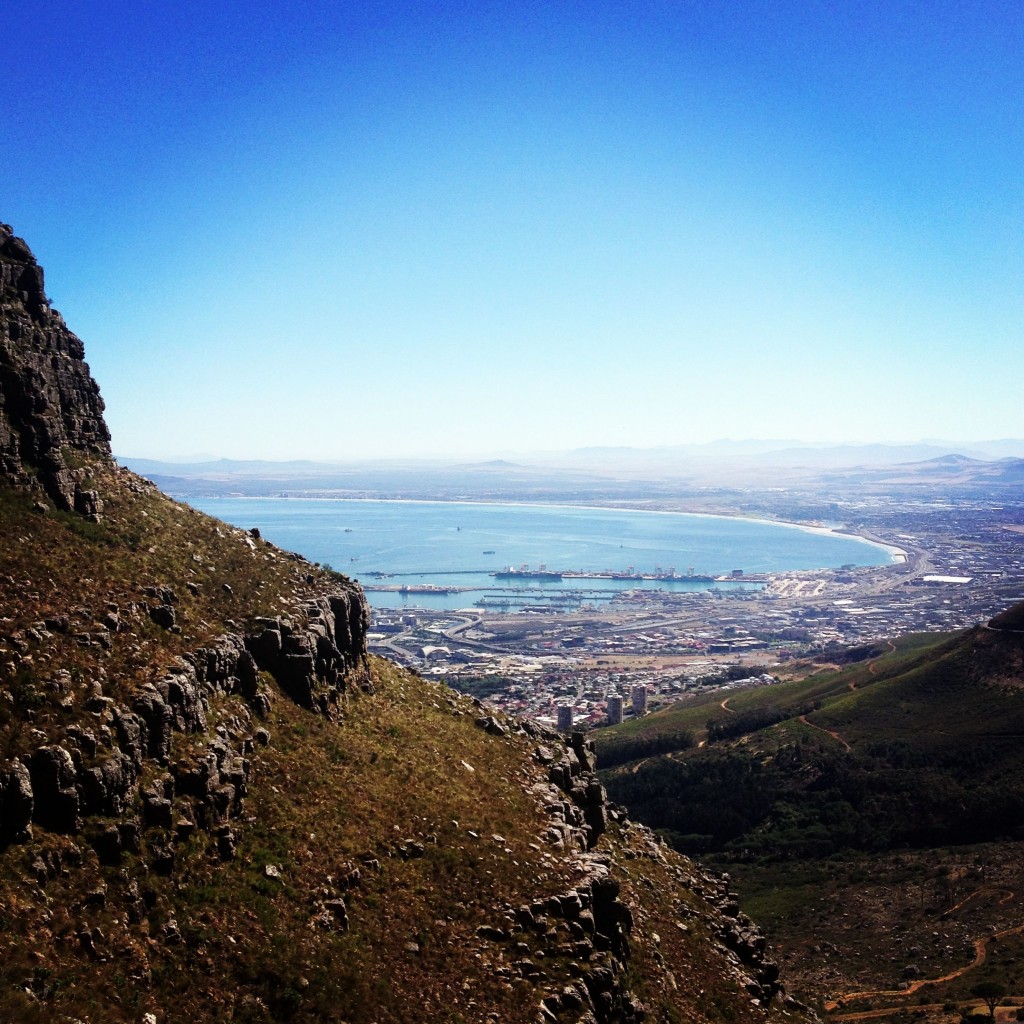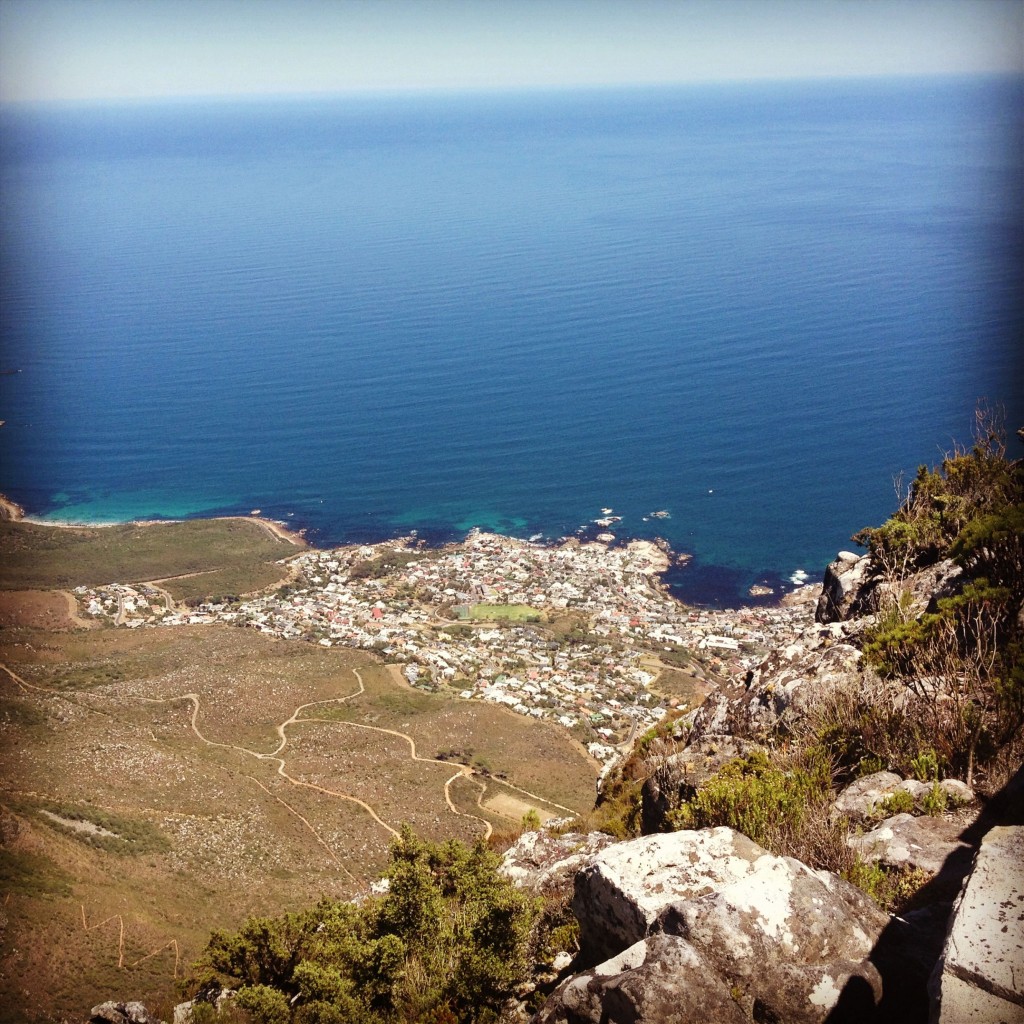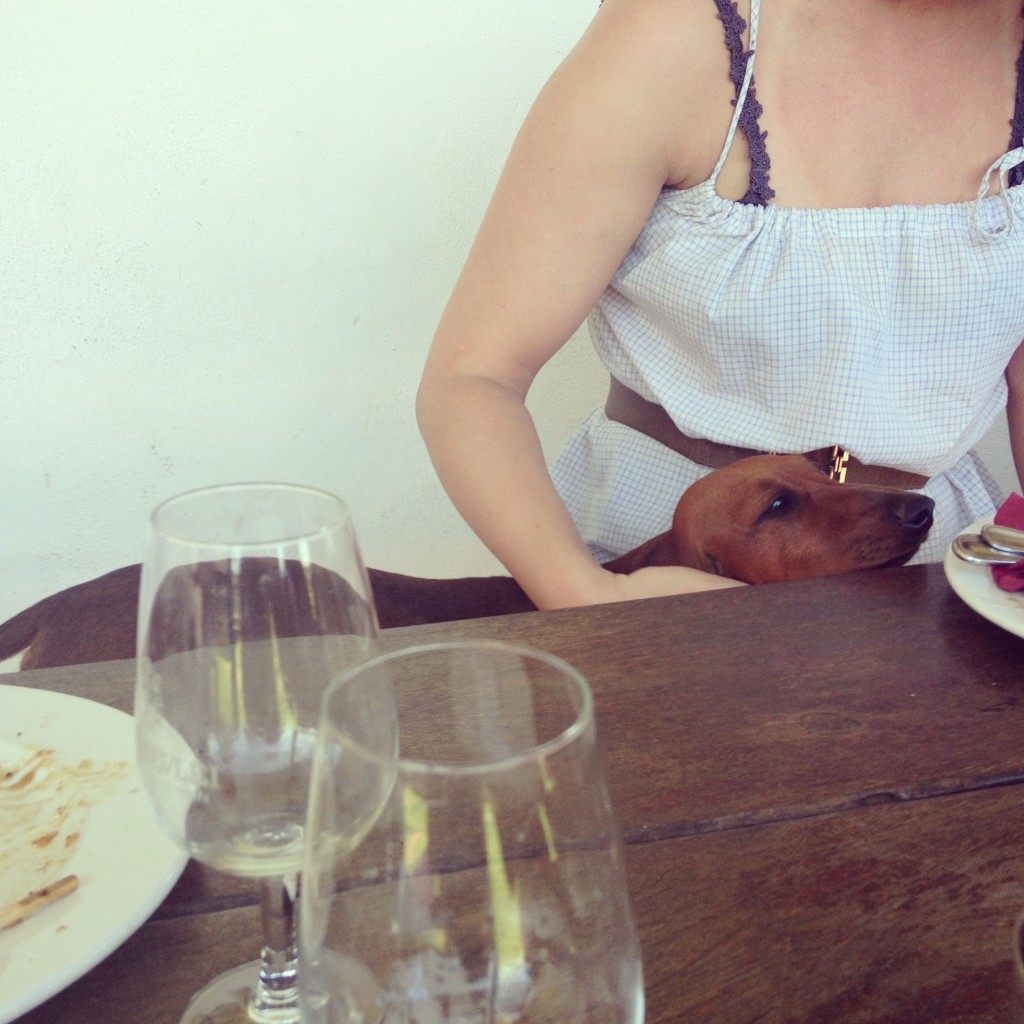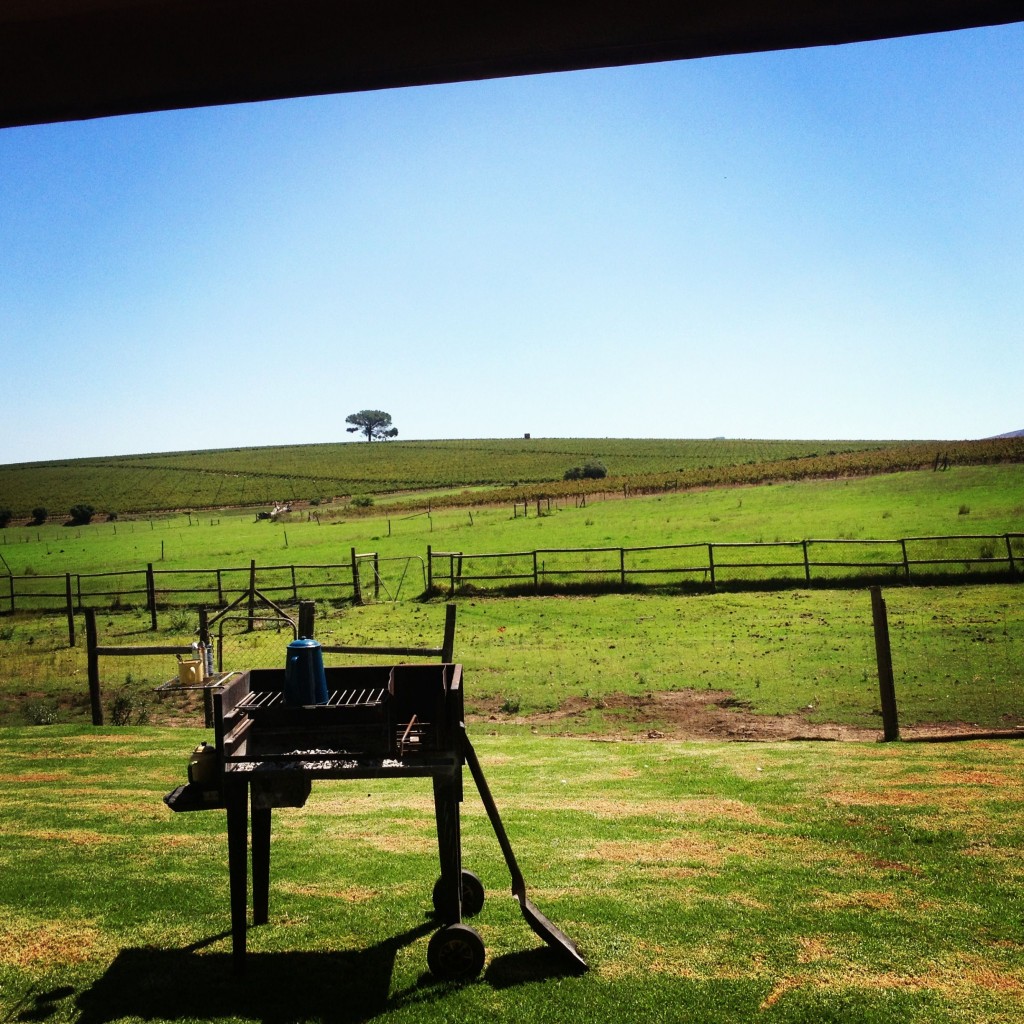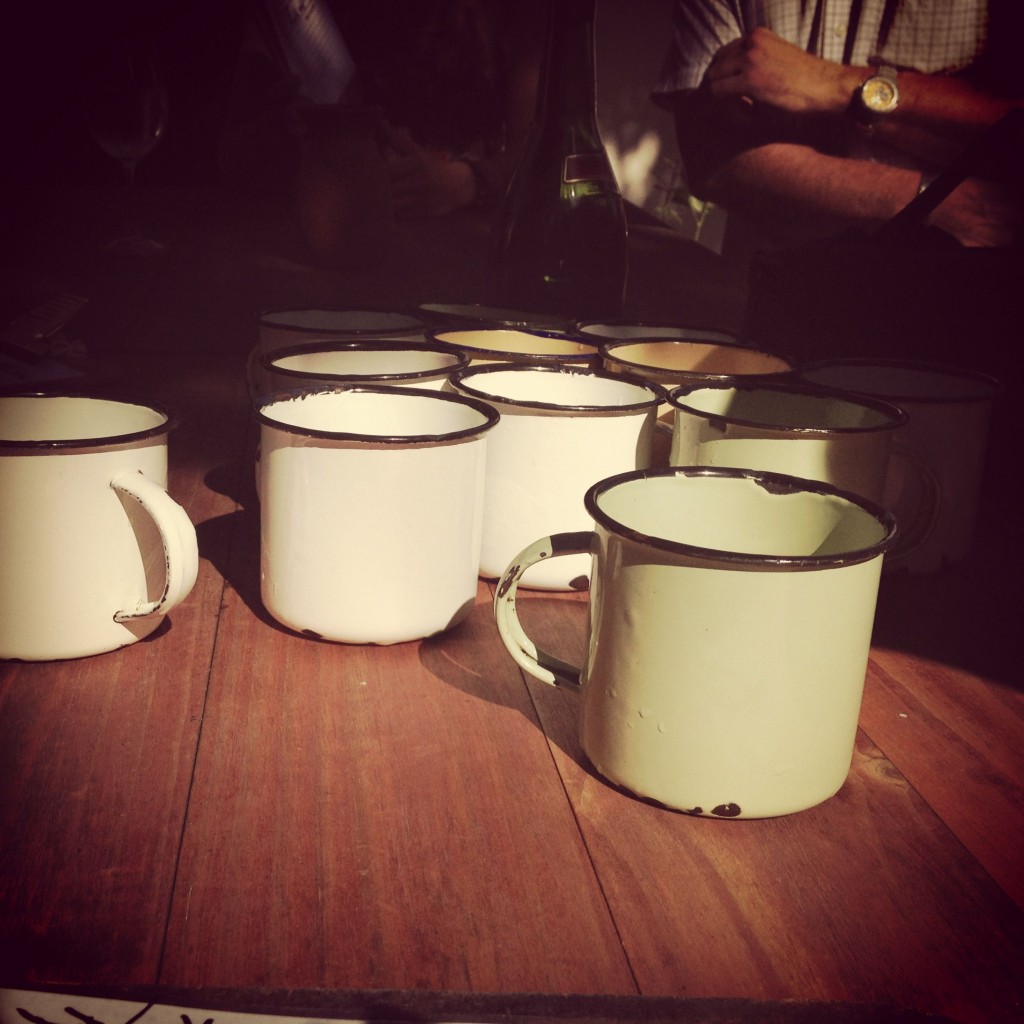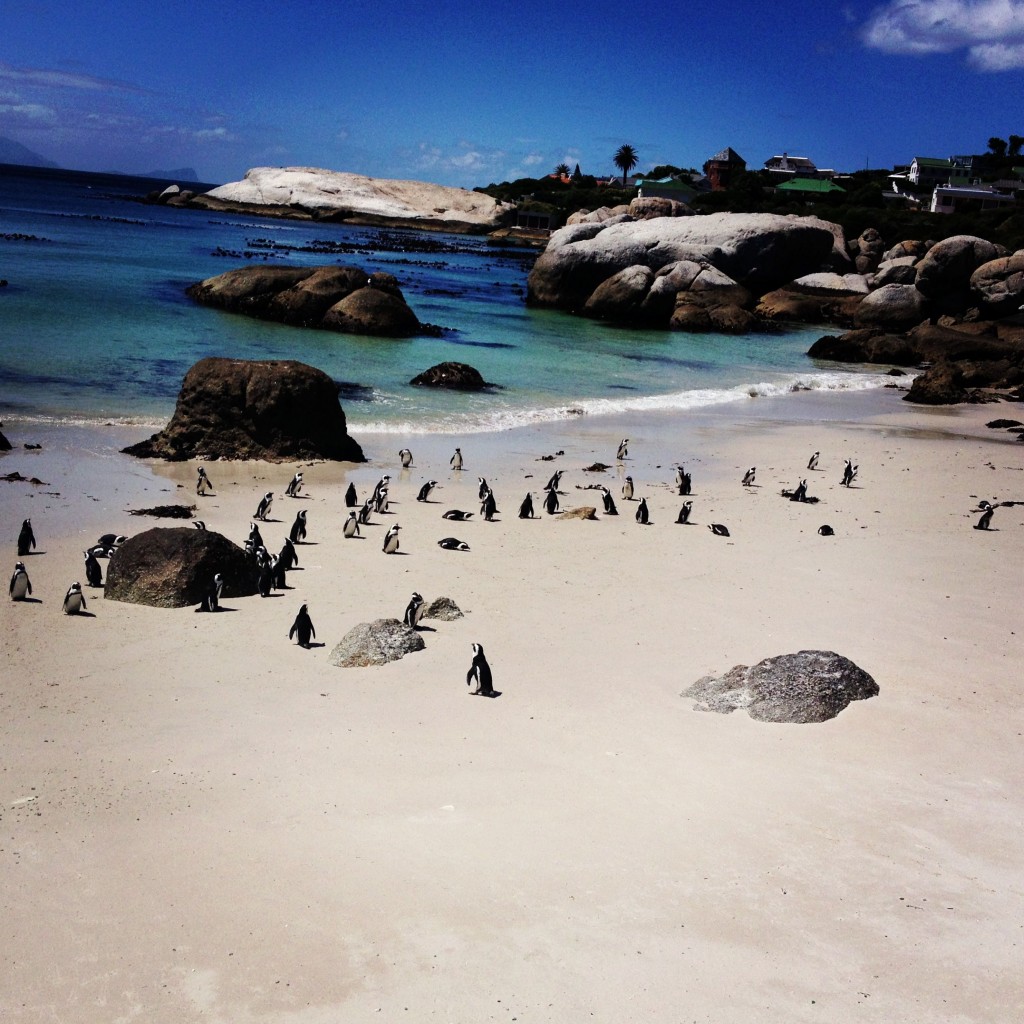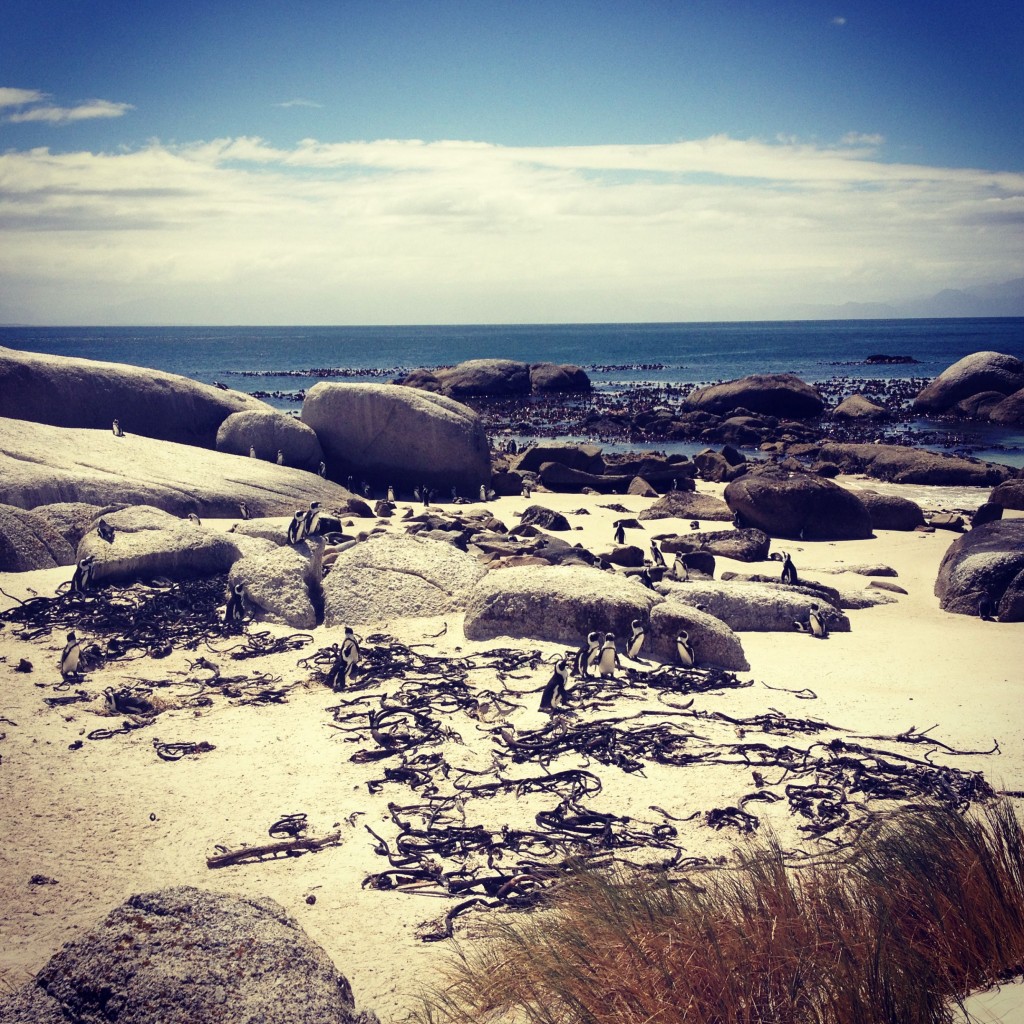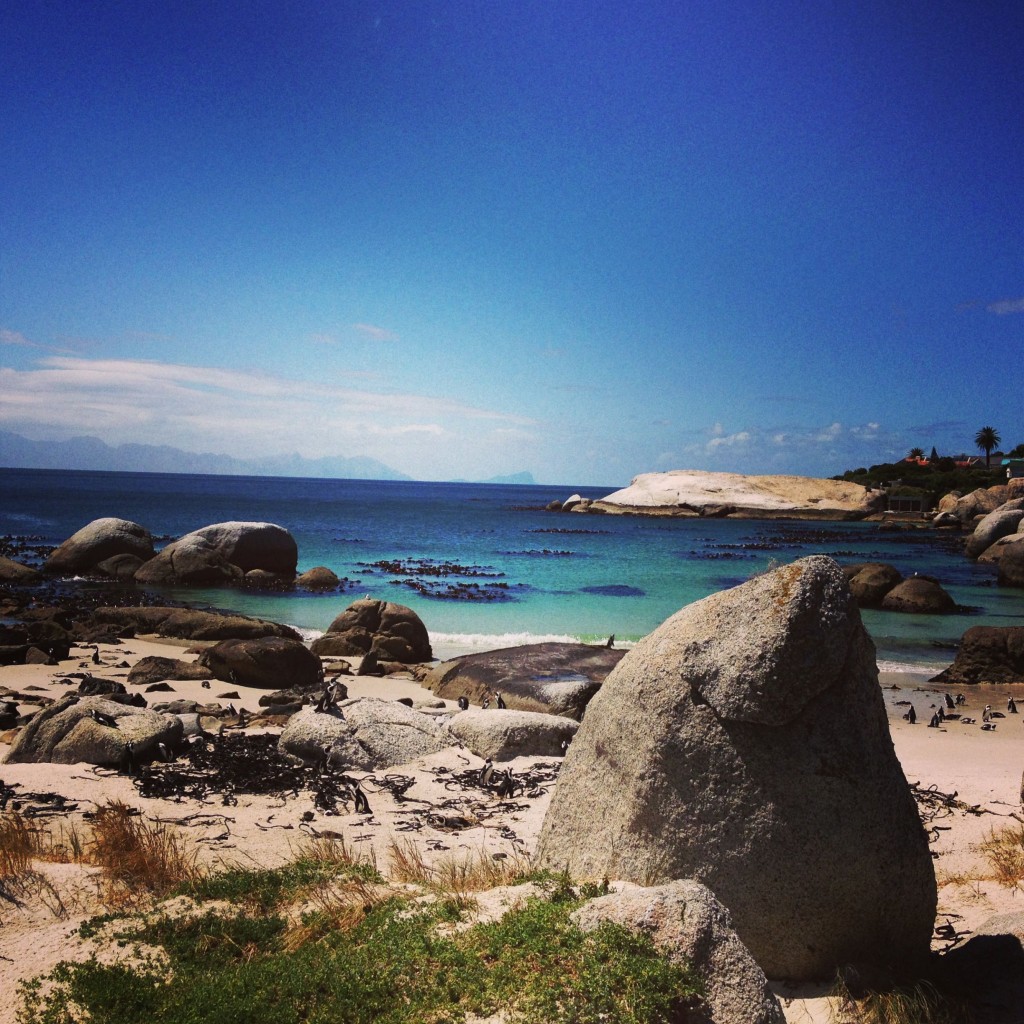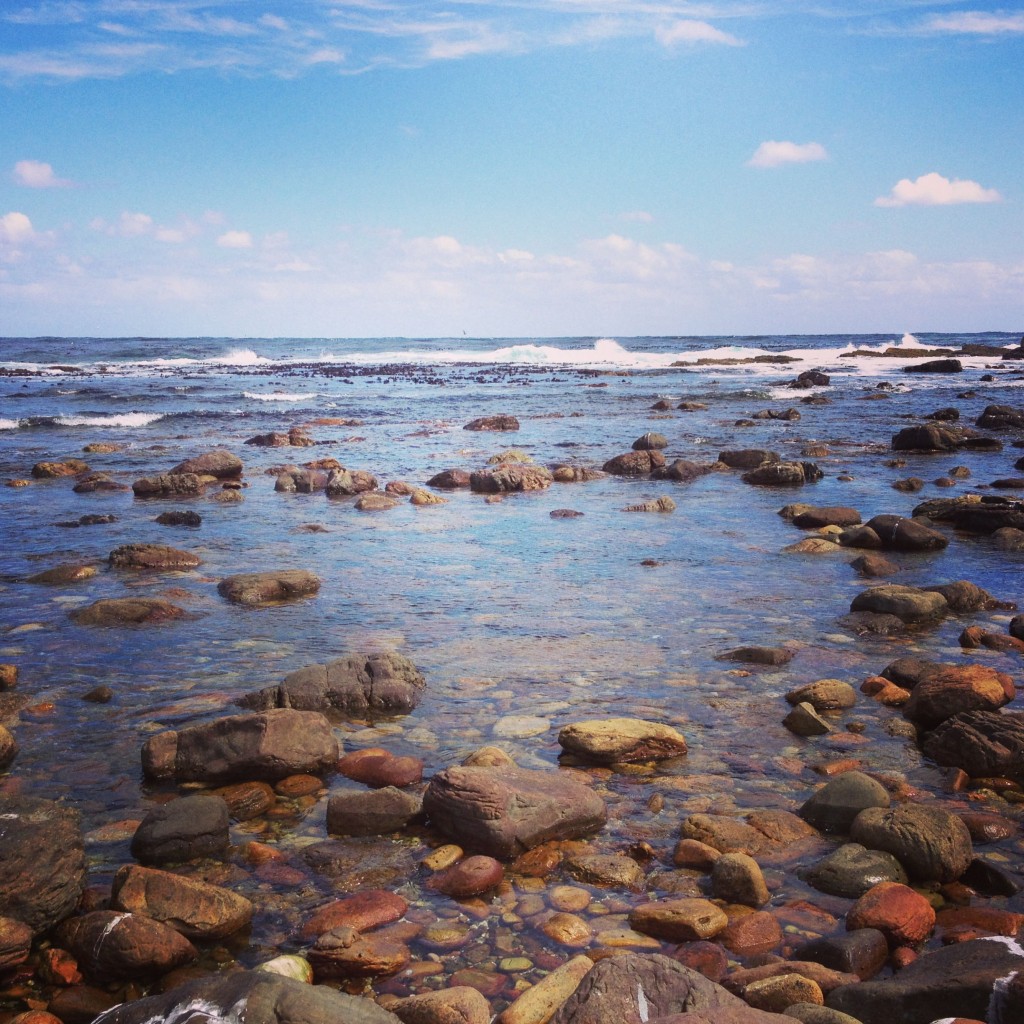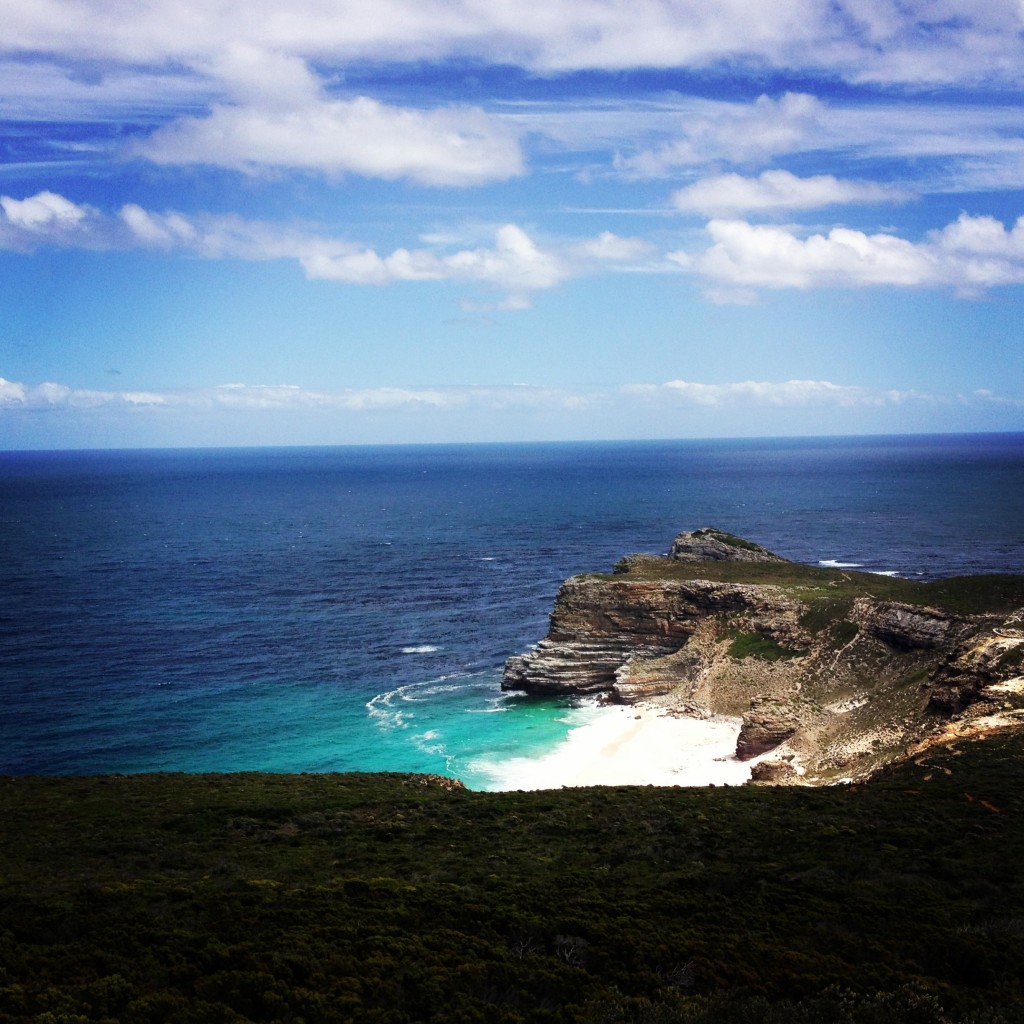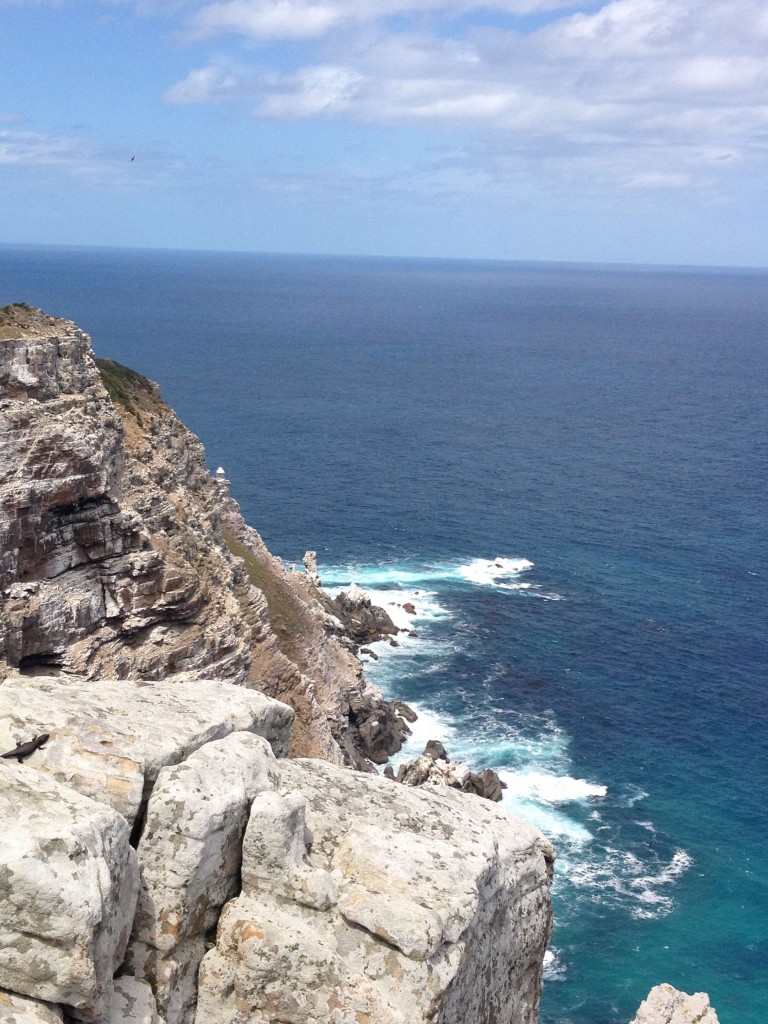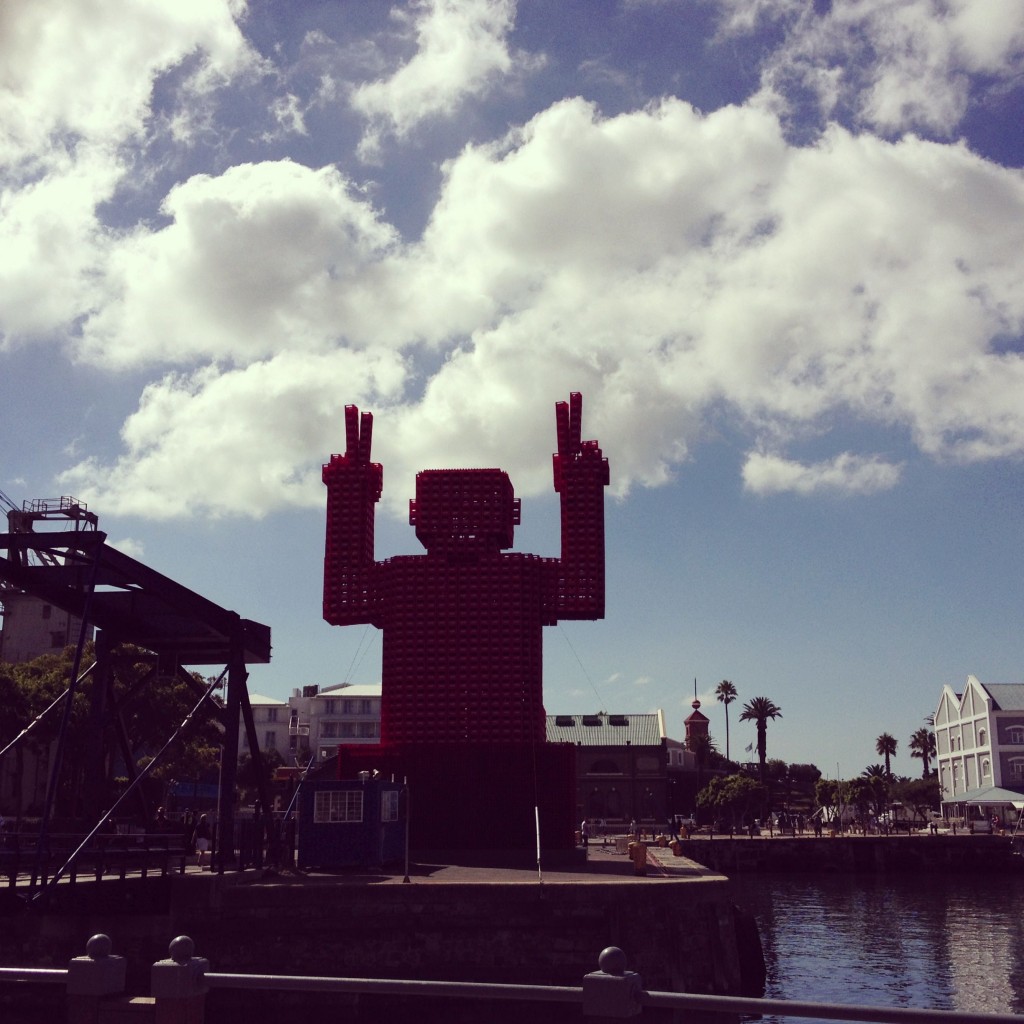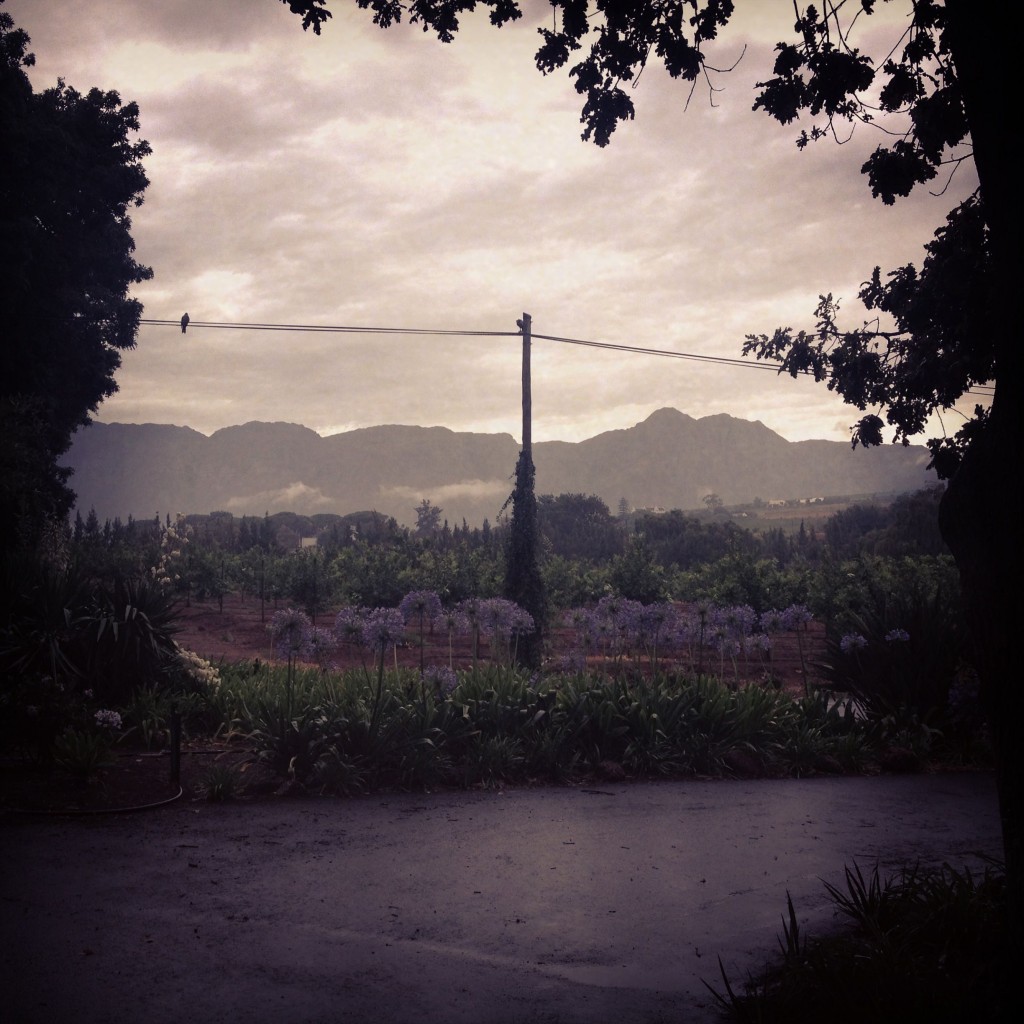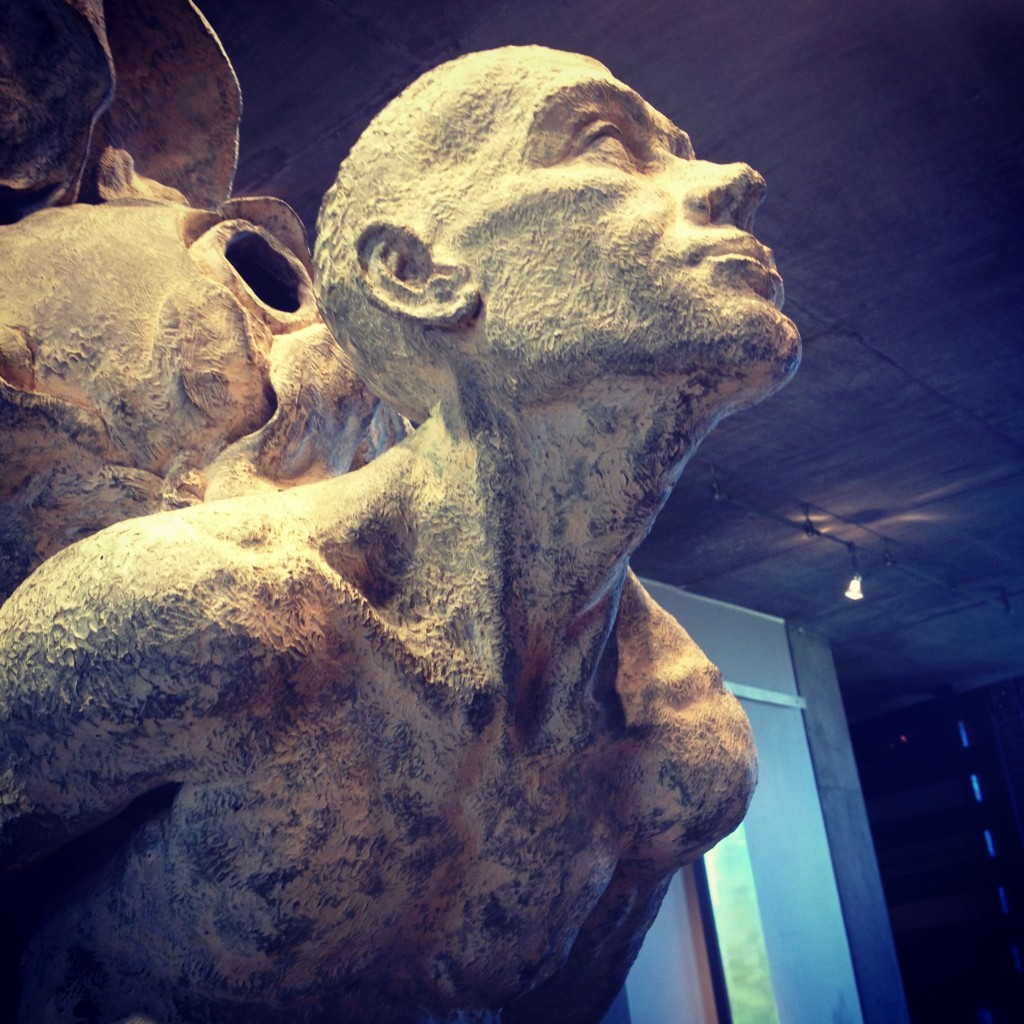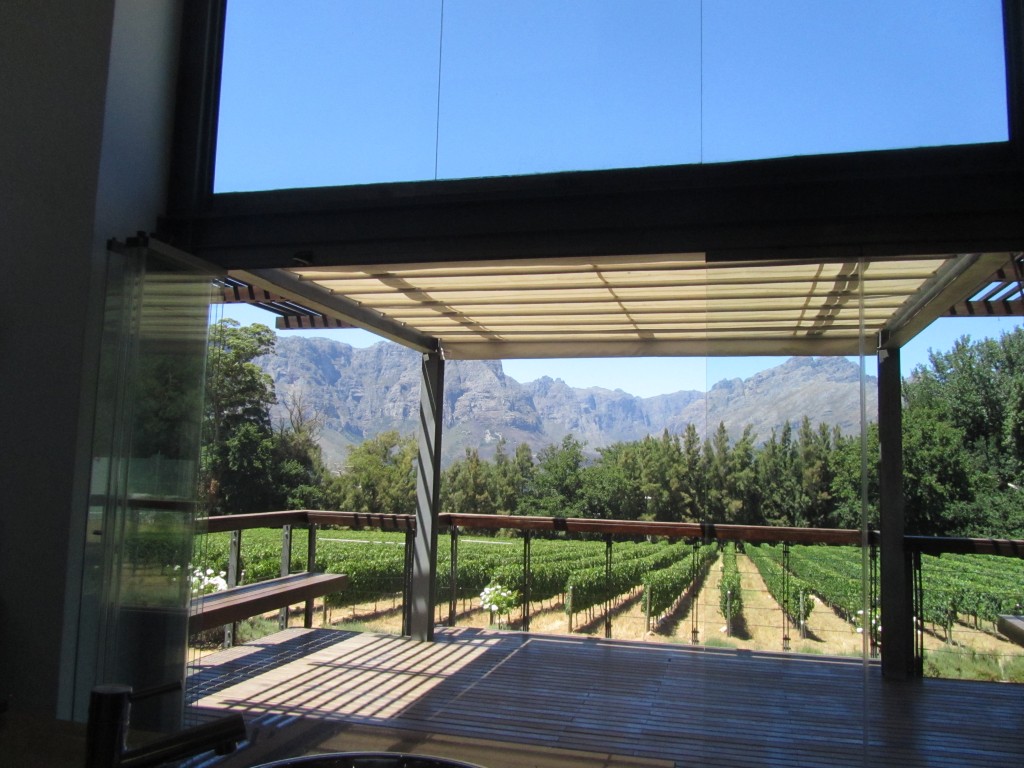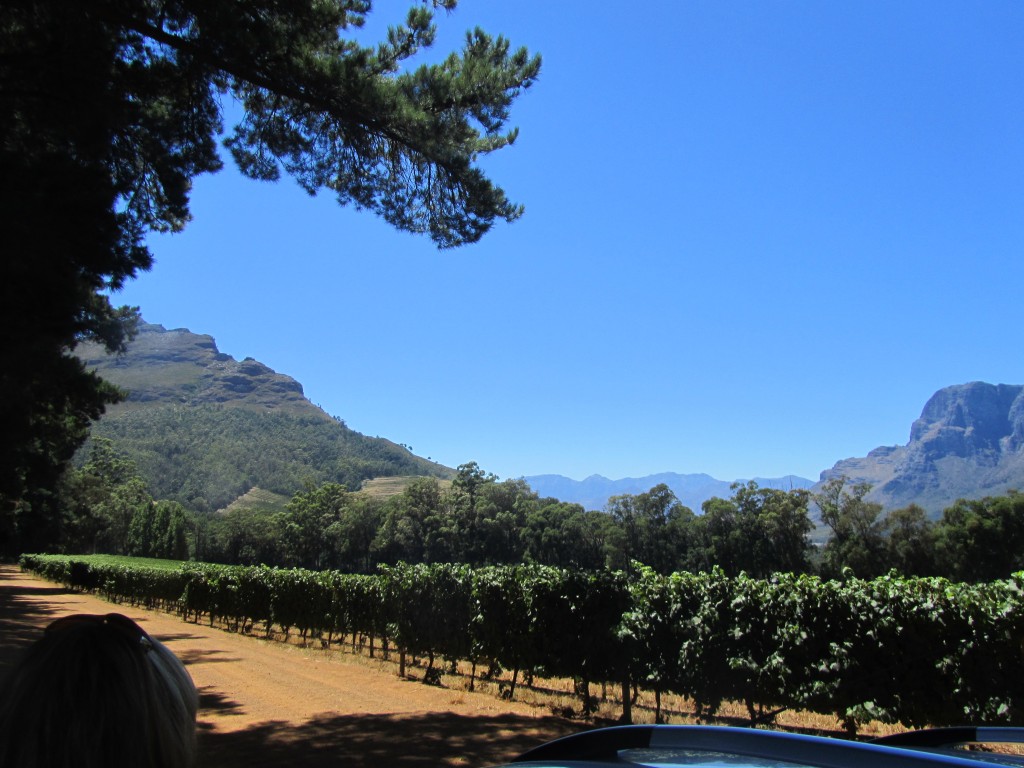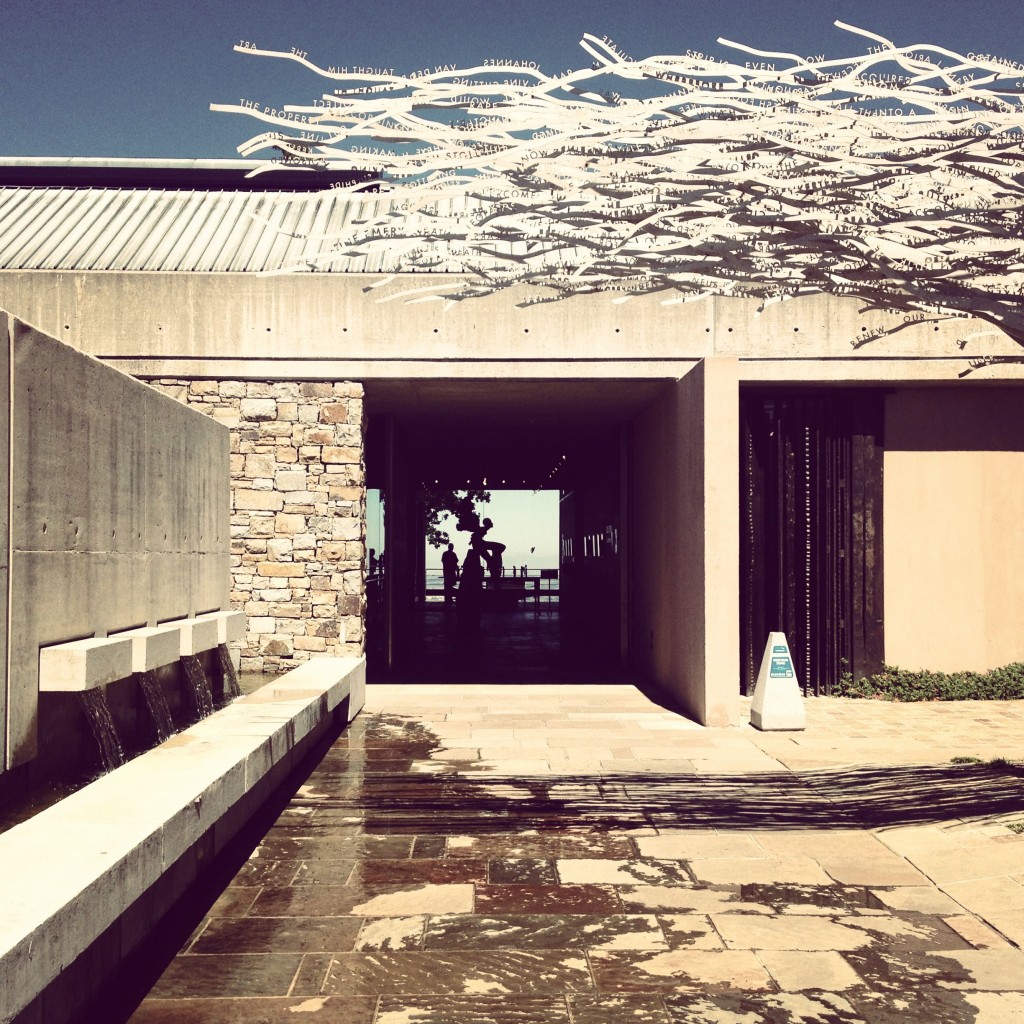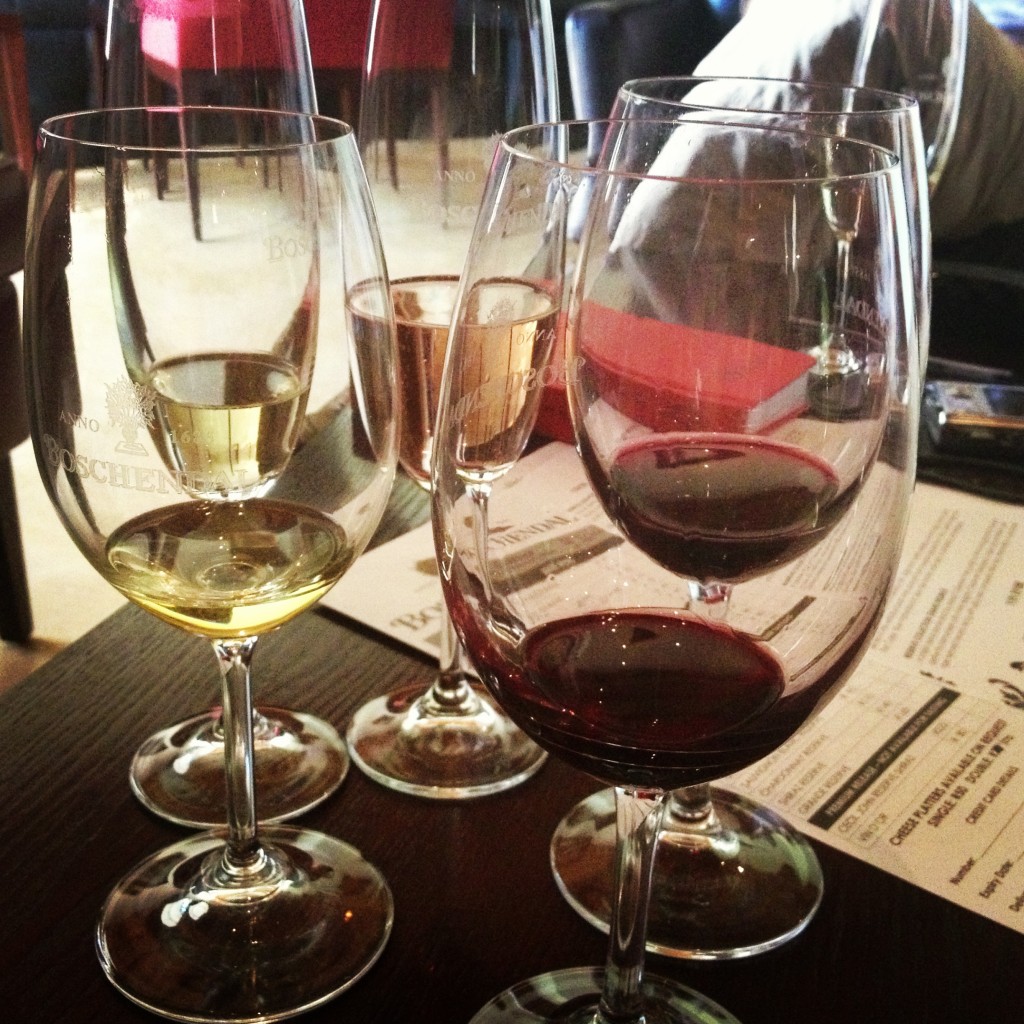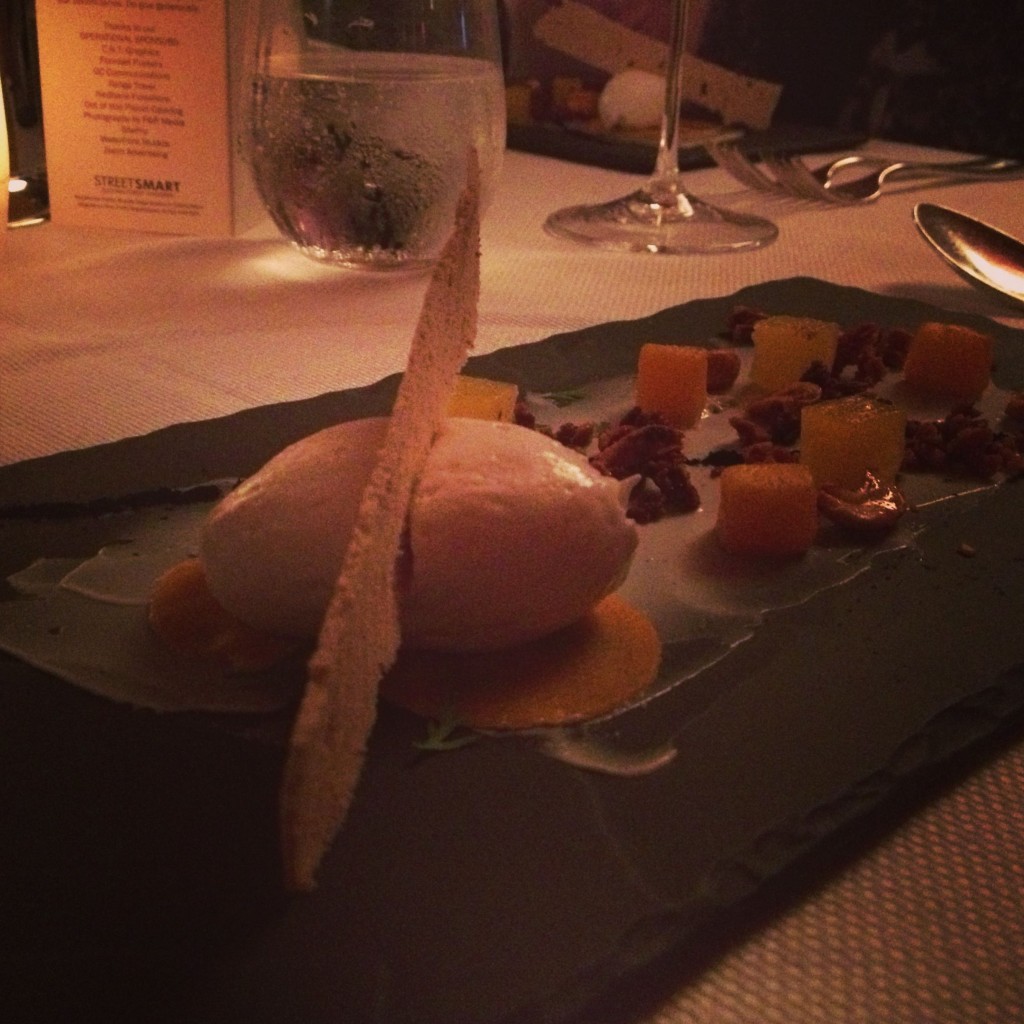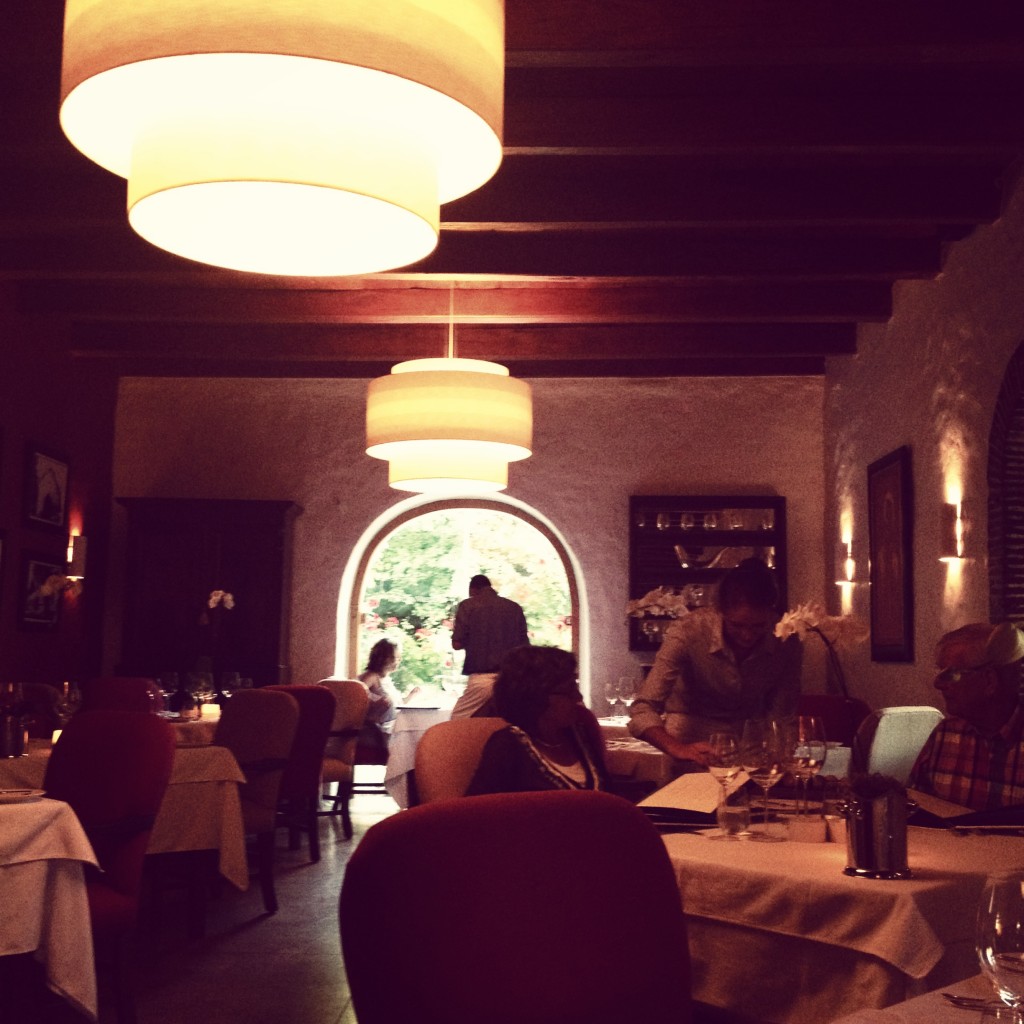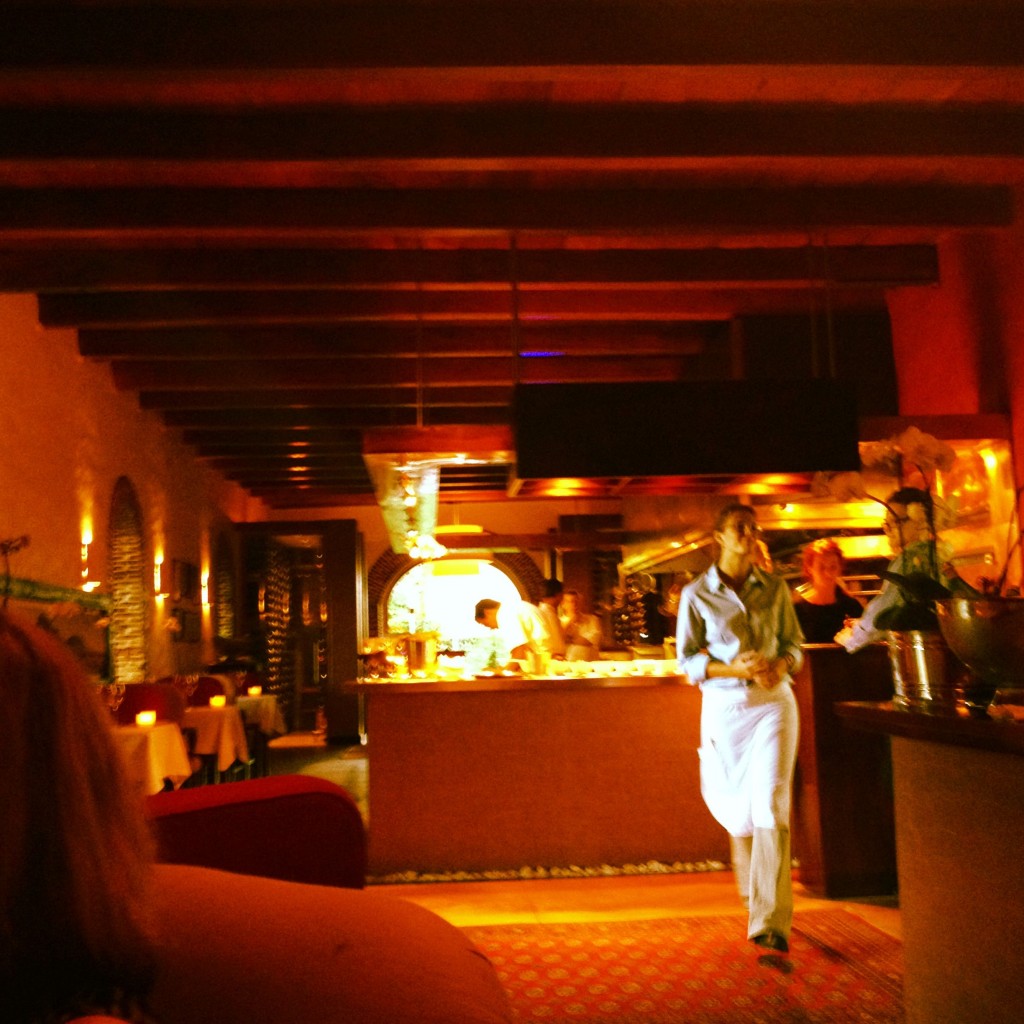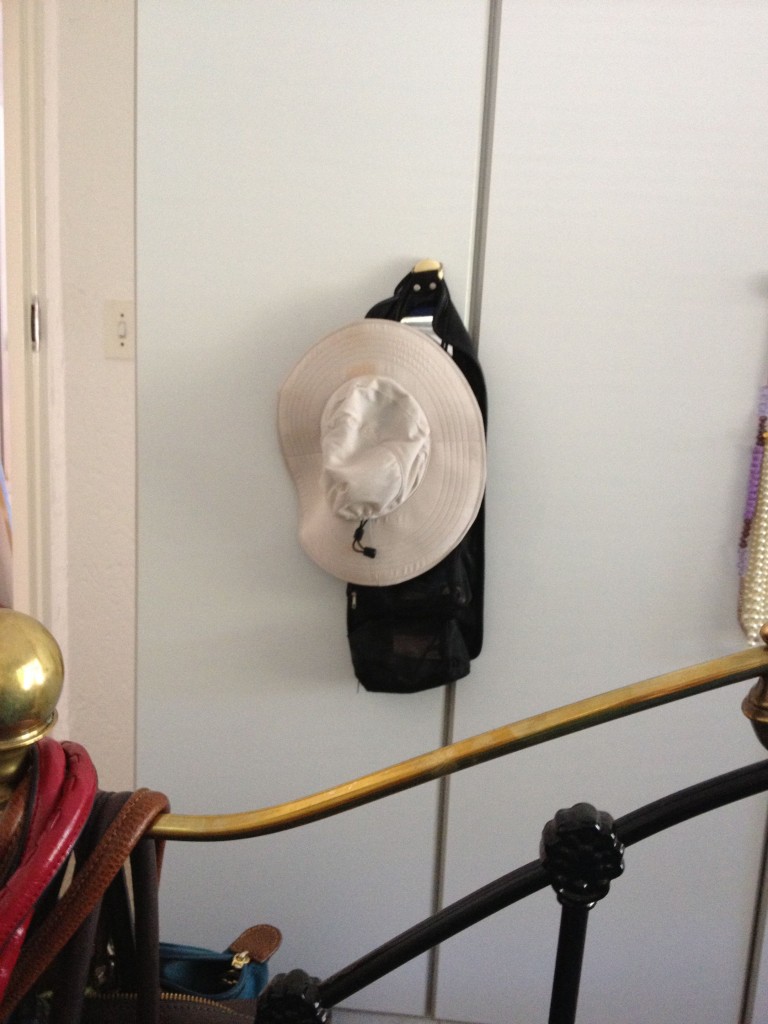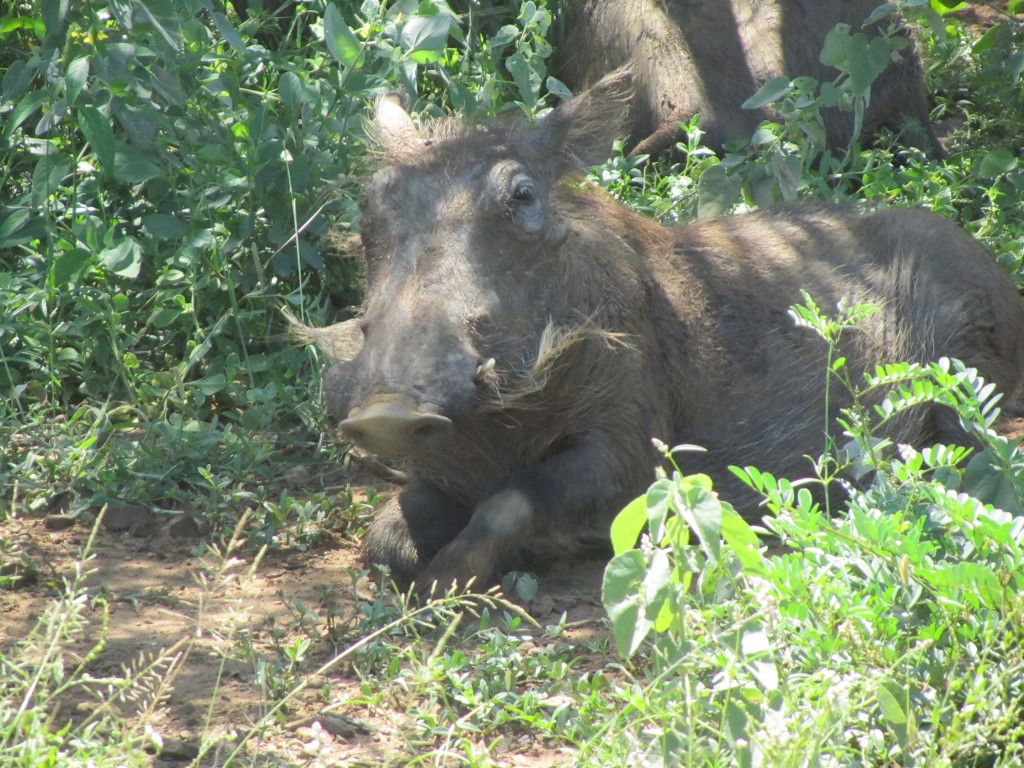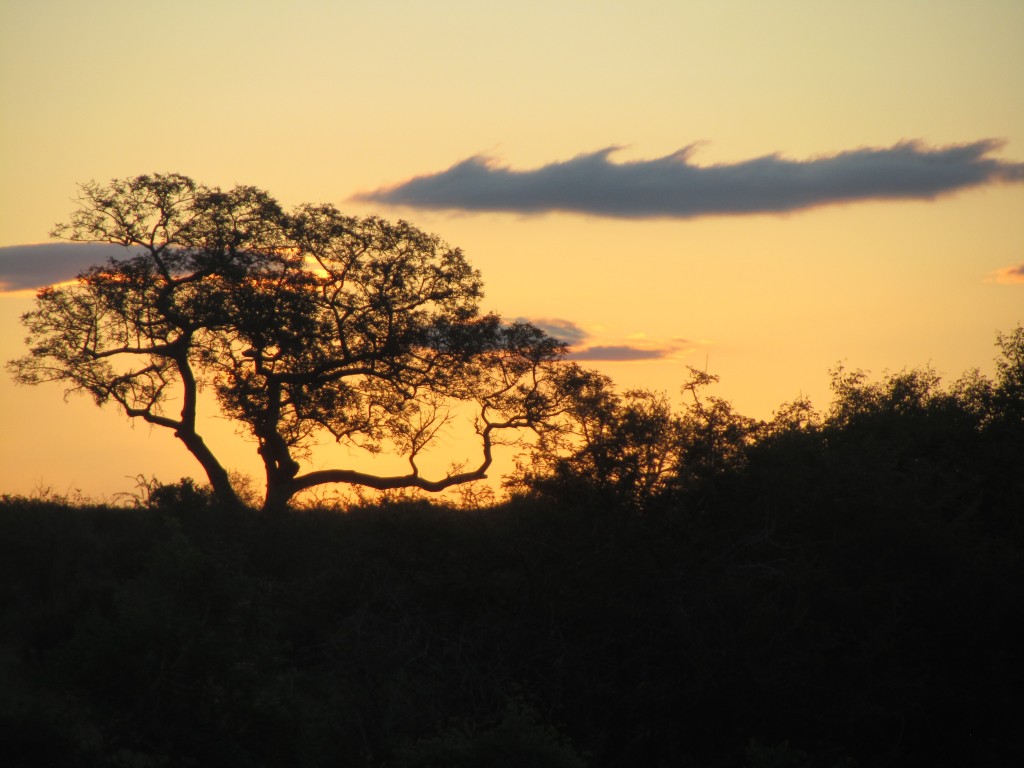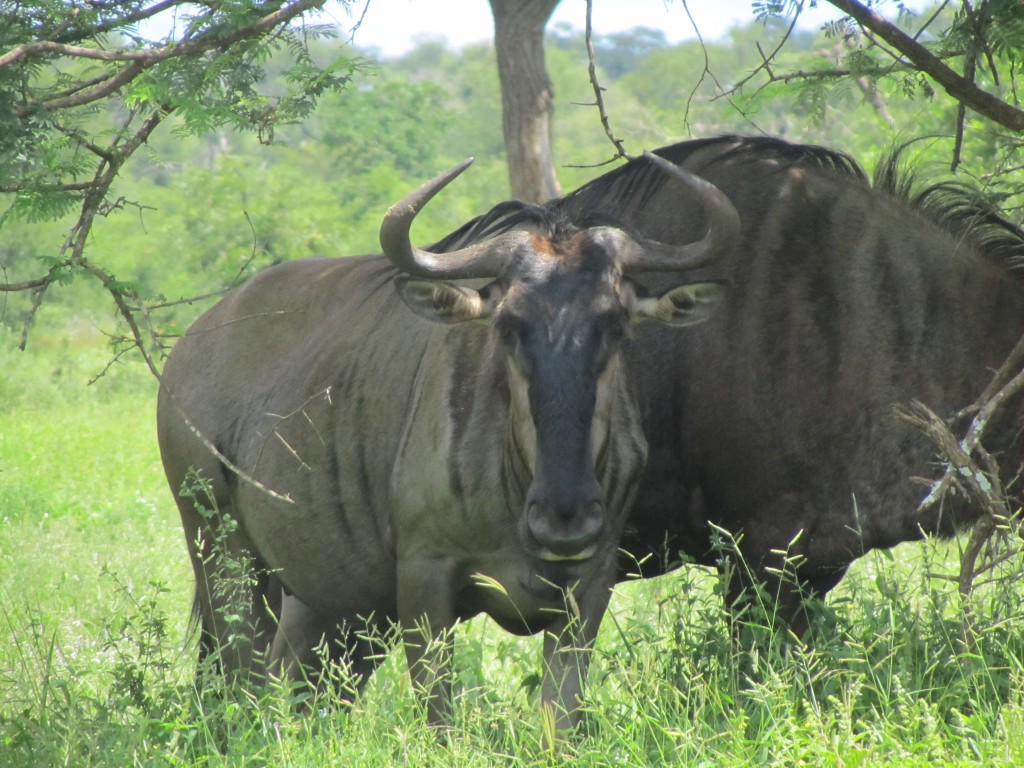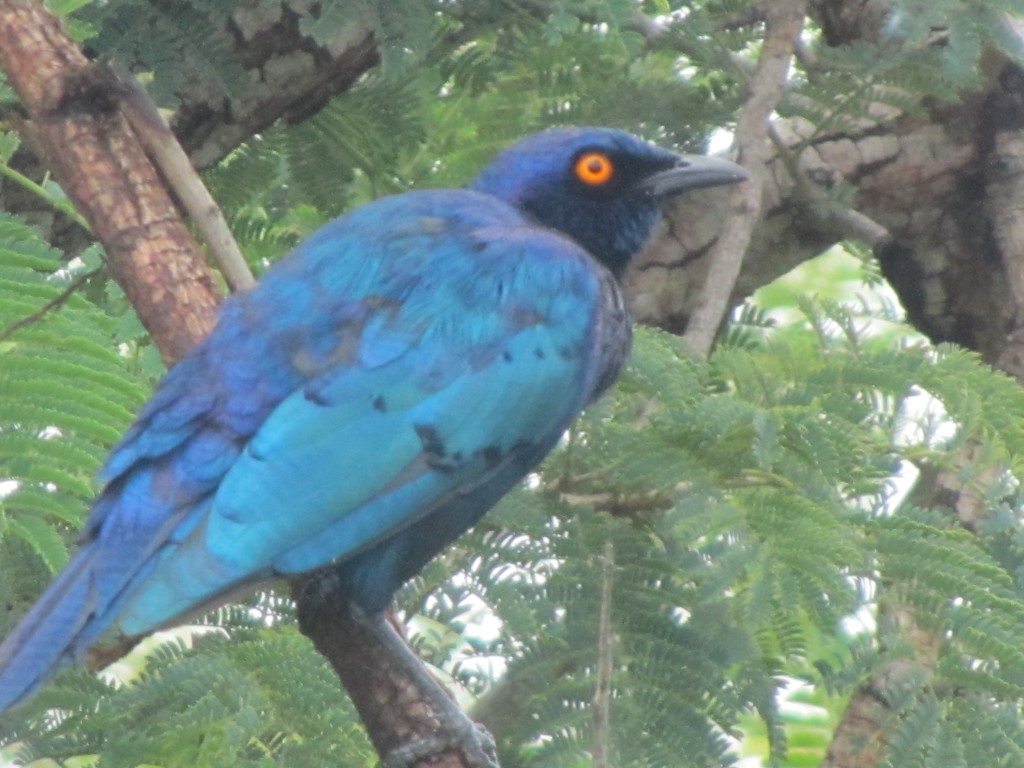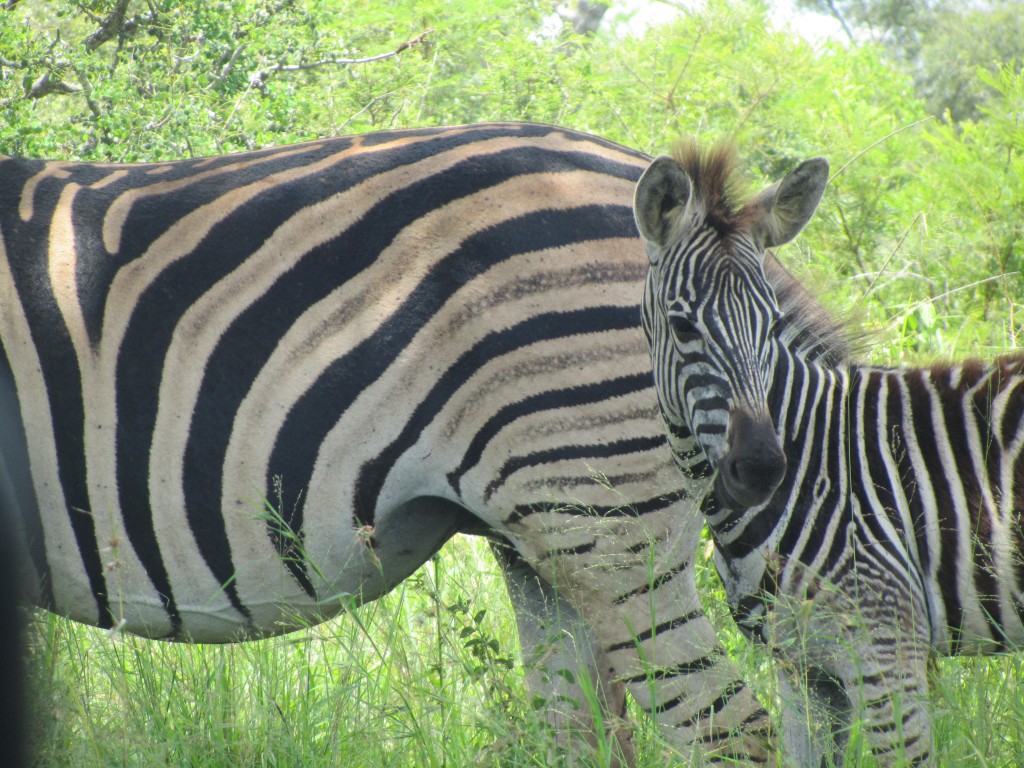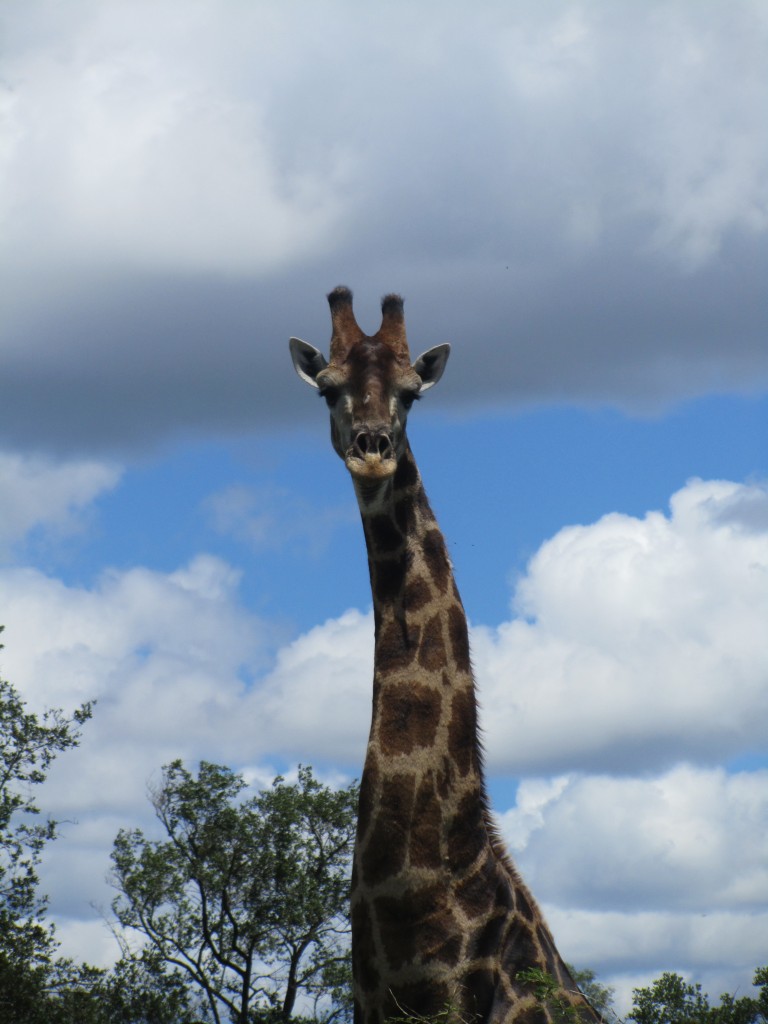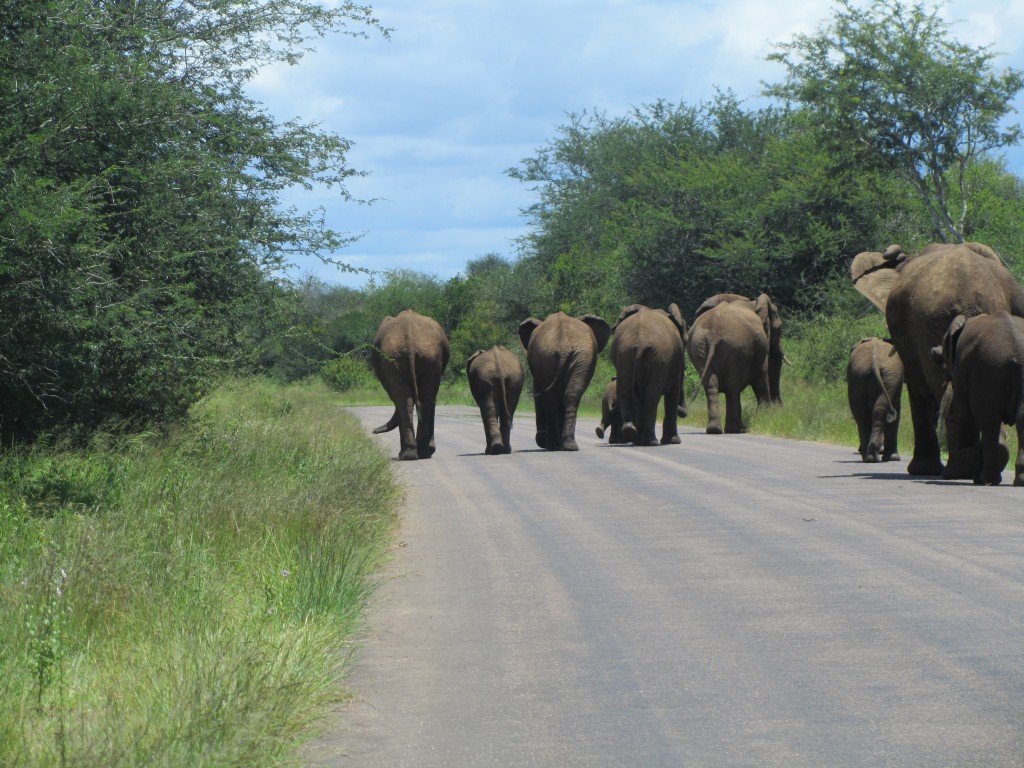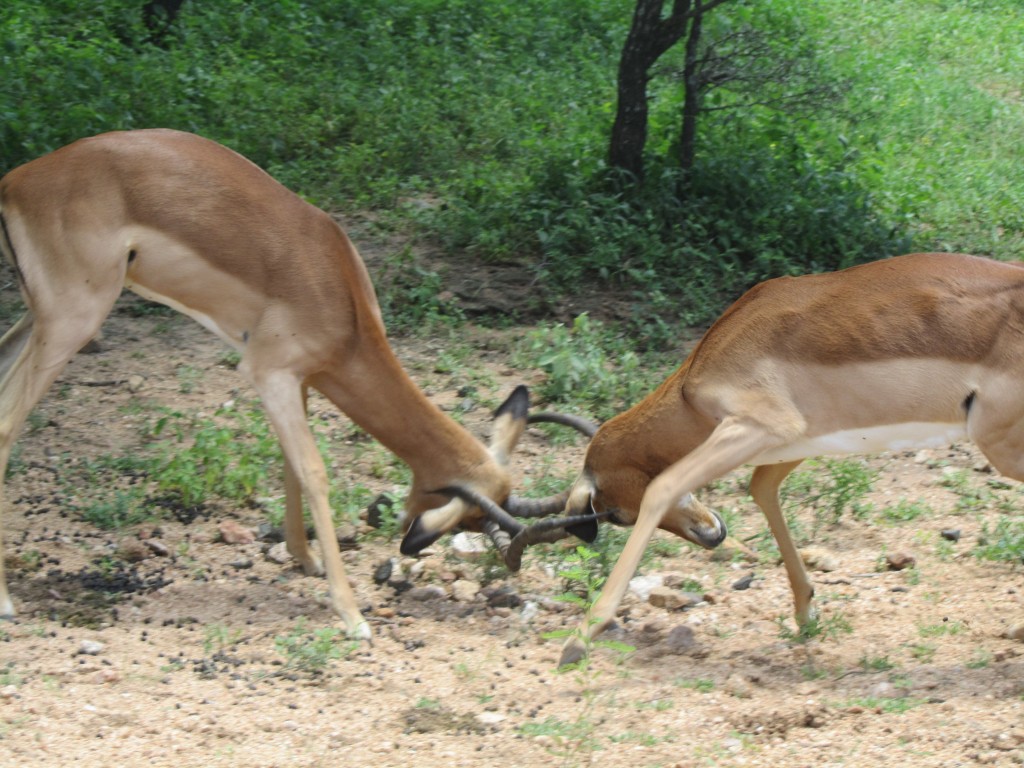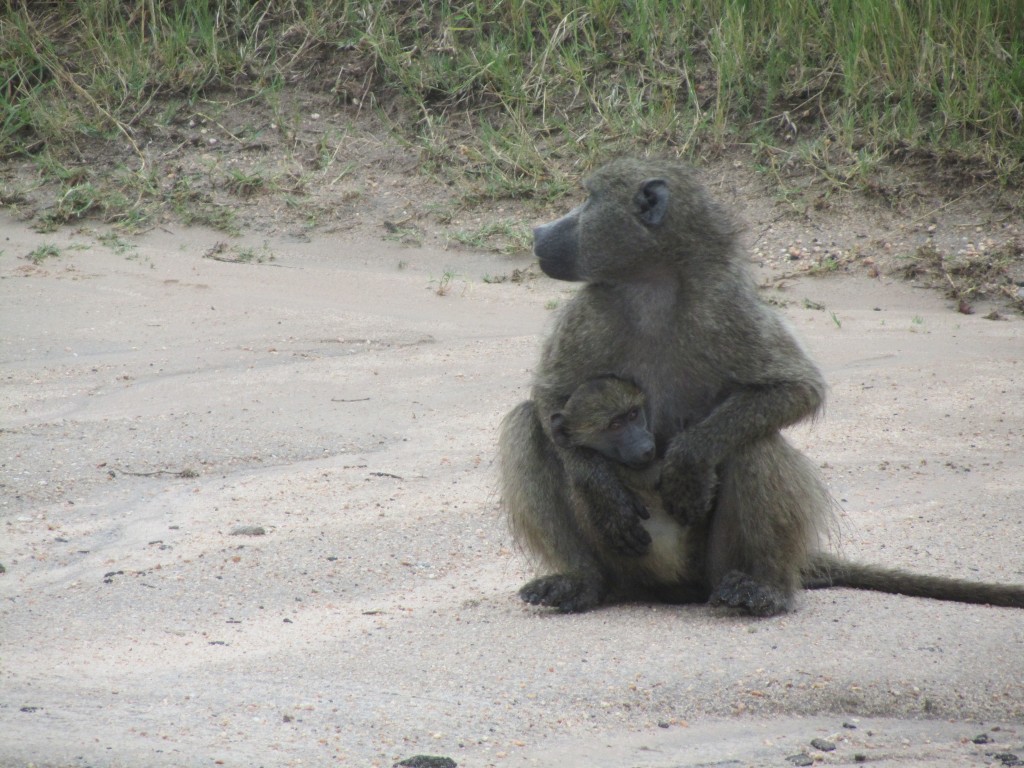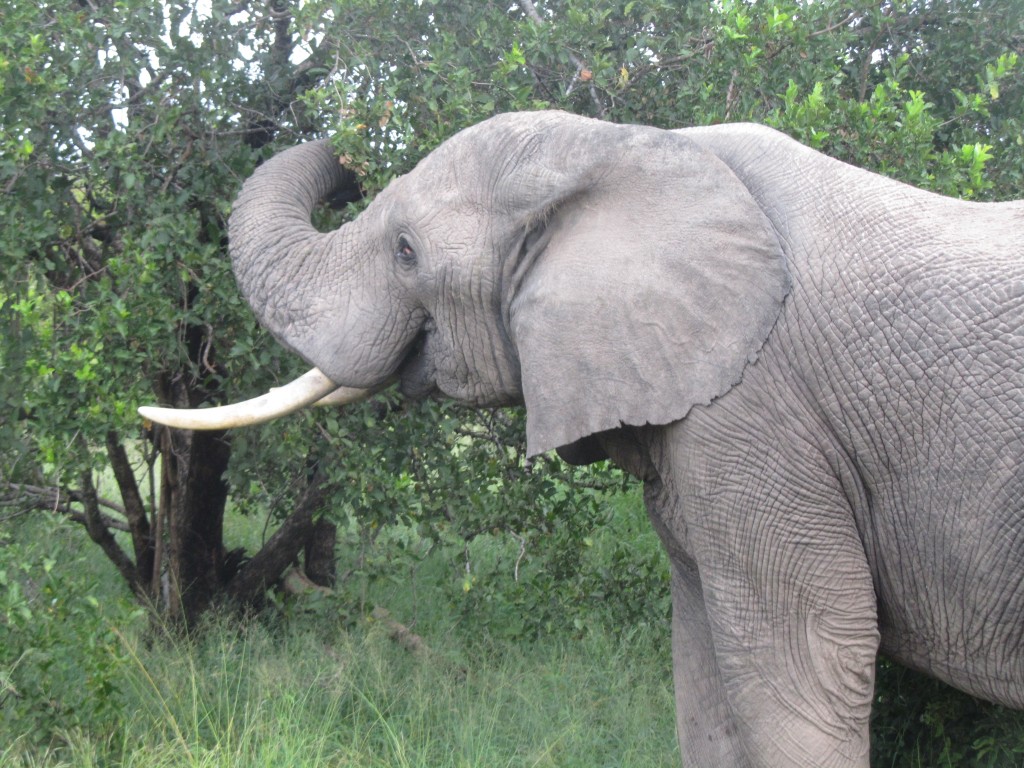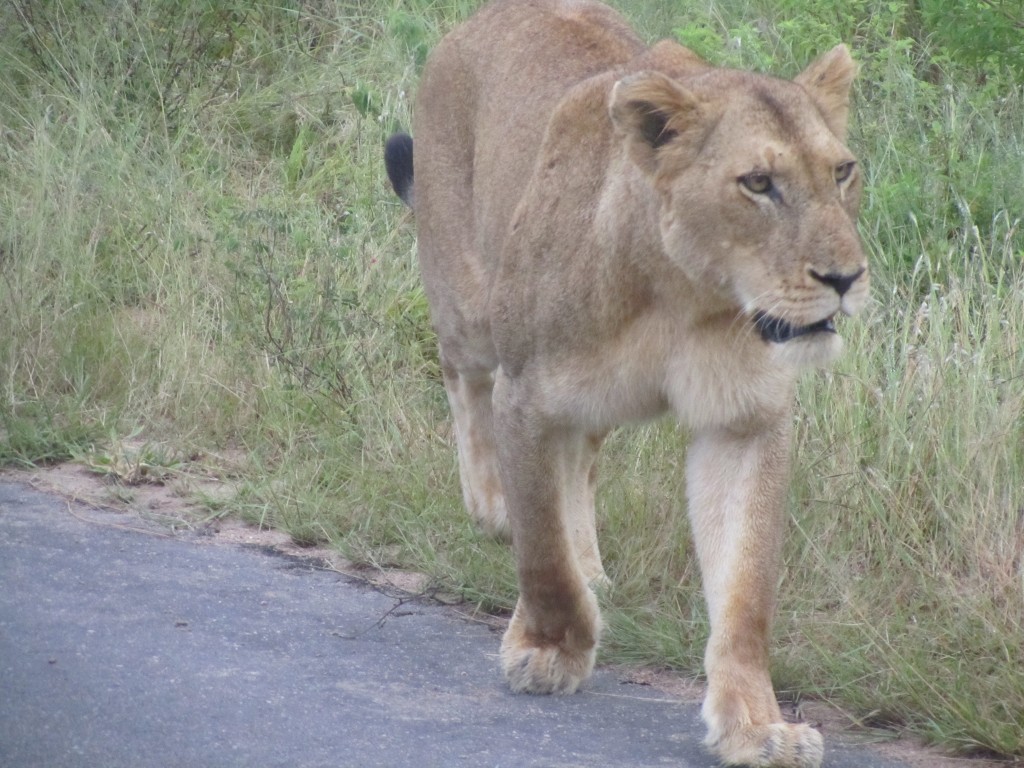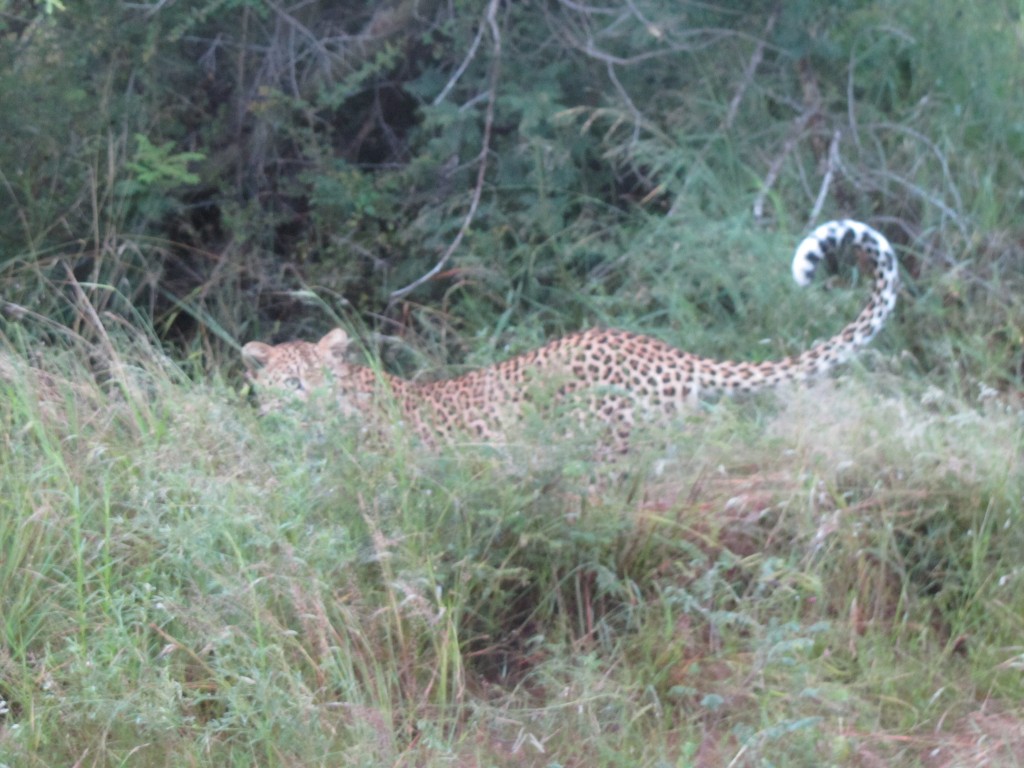Dear Steph:
When staring down the barrel of at least four weddings and three bachelorette parties in the next calendar year, is there any gracious way to decline any of the associated wedding events (engagement parties, showers, couples showers, etc.) without seeming like a total grinch? And is there any way to bring things up like the fact that spending $1000 on a bachelorette party and another $1000 on the wedding (once airfare and things are factored in) can be a a real hardship and one we might try to find ways around? I don’t want to hurt feelings, but I also don’t want to go broke. Help!
Sincerely,
The Harried Wedding Guest
Dear HWG:
This is one of those areas where I think American society needs a good, hard slap upside the head. Because things have gotten out of hand. In the good old days, if you were invited to a wedding, you’d buy the bride and groom a gift, drive to the wedding, have a nice chicken dinner – maybe a steak if these were fancy people – and then drive home. And you’re done. No weekends in Napa. No weddings in Bora Bora. No requests by the bride and groom to buy them a new house or fund their hypothetical children’s college educations. But sadly, those days are gone. Modern wedding guests are expected to attend – and pay for – a litany of events, with presents and plane tickets popping up at every turn. And there needs, frankly, to be an opt-out option.
I must defer, at least partially, to the inimitable Miss Manners and her incredibly helpful book, Miss Manners’ Guide to a Surprisingly Dignified Wedding, on this question. Miss Manners, over recent years, has noted with dismay the increasing tendency of brides and grooms to turn events, such as bridal showers, into opportunities “to turn a milestone into material advantage.” When posed a similar question as yours by a woman who was facing multiple bridal showers for each of her engaged friends, Miss Manners advised that the letter writer should accept only one shower per couple, if any, and that she “need only express regret when [she] decline[s] an invitation – or six of them.” With regards to bridal showers in particular, Miss Manners has also noted that “[i]n proper American etiquette, a bridal shower is a lighthearted event among intimate friends, not something required to call attention to a wedding in the way that a rain shower calls attention to the need to fetch an umbrella.”
As much as I agree with her, this isn’t Miss Manners’ show; it’s mine. And speaking as a lady who has both gotten married and attended weddings, I am here to tell you not to fret about declining invitations to showers, brunches, lunches, parties, or even weddings. I myself had a bridal shower, thrown by my mother and some of my female cousins. It was a low-key affair for family – and one close friend – held at my cousin’s apartment; it involved party games, homemade lasagna, and tea. It was perfect. The people who were around came; the people who were not, did not. And it was FINE that some people didn’t or couldn’t come. I also had a bachelorette party, thrown by my wonderful maid-of-honor, Karen. Since most of my close friends and I lived on the East Coast at the time, the party was held in New York City. My dear cousin Catie, who was one of my bridesmaids, lives in Seattle and let me know that she could simply not afford to take the vacation days to come to New York for a weekend. And it was FINE. I understood! Because I am a human being with human feelings, like empathy and humility, and I did not expect anyone to shell out big moola to fly to a party for me, although many people did end up doing just that. Because they love me more. Kidding!!
Skipping weddings is also okay. We had people decline our wedding for a number of reasons, and we understood. Weddings can be tough to attend, especially when they involve travel. Of course, we would have loved to have each and every person we invited at our wedding, but we weren’t going to throw a tantrum if people couldn’t make it because we are adults and, shockingly, we are not actually the center of the universe. Remember: no one is obligated to attend a wedding (except for the bride and groom, and probably the officiant).
The bottom line is that if your friends are nice, kind, grown-up human beings, they will understand your sending kind regrets and skipping their many (superfluous) wedding-related events. You do you, HWG.
Good luck!
~Steph


